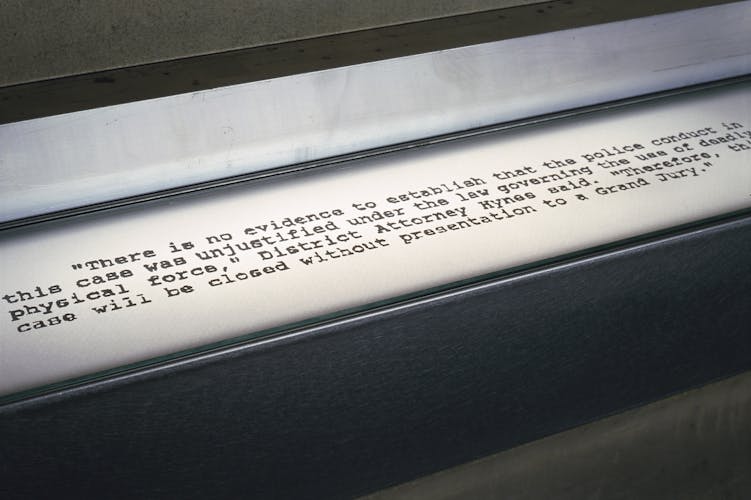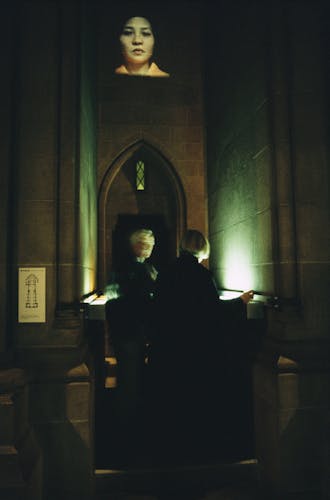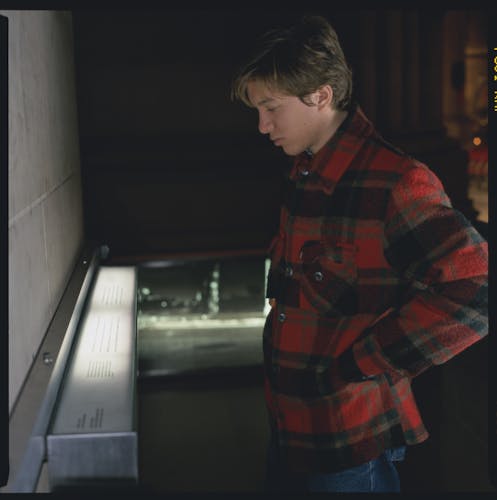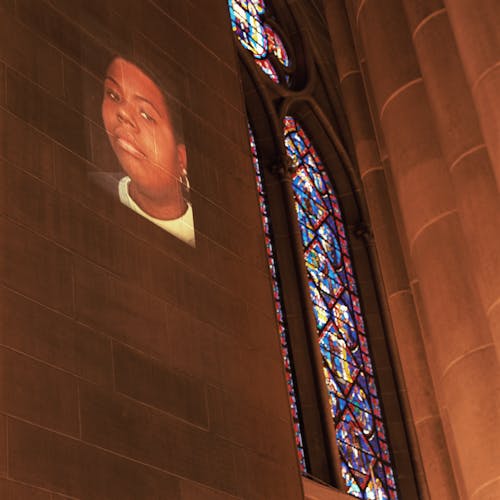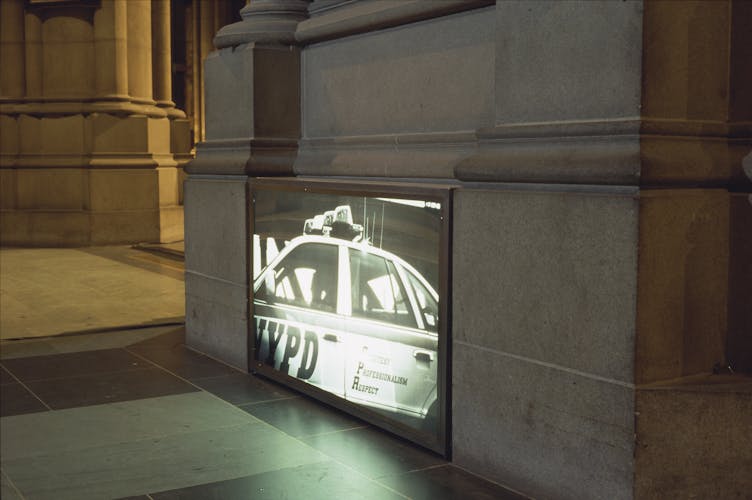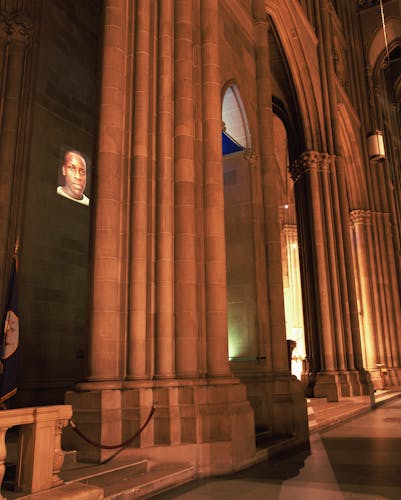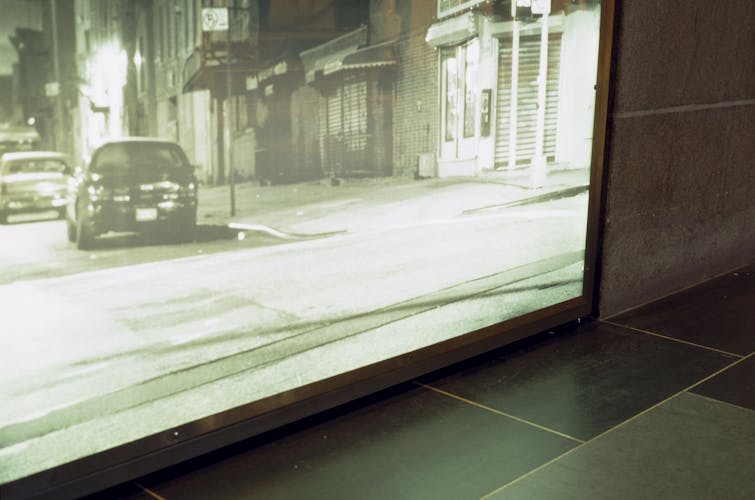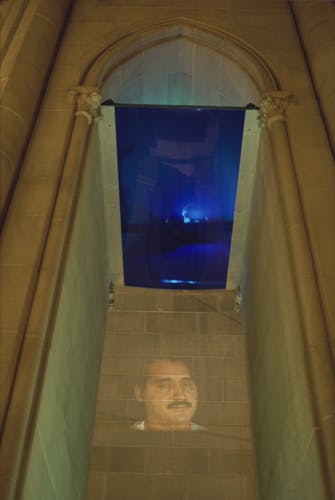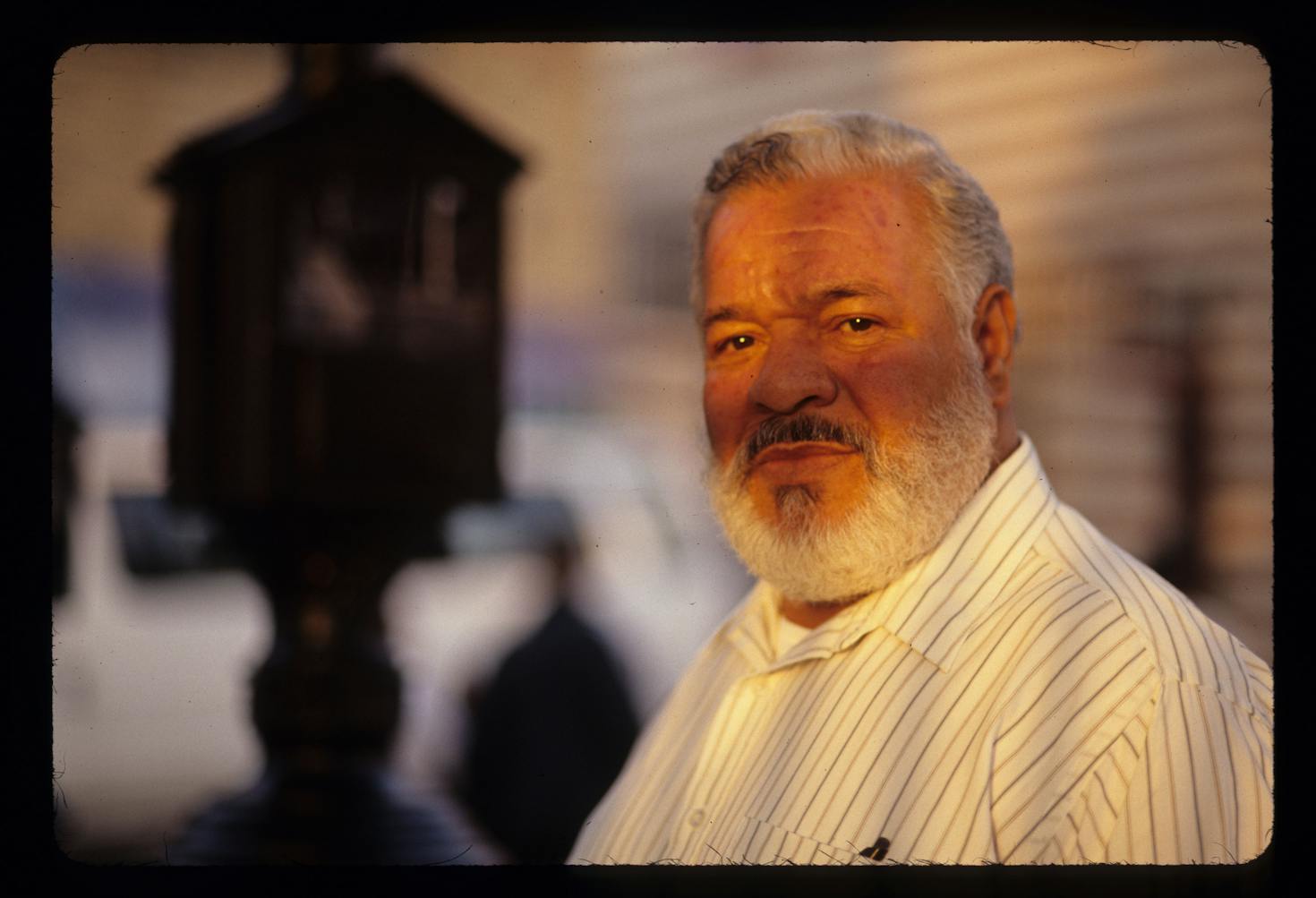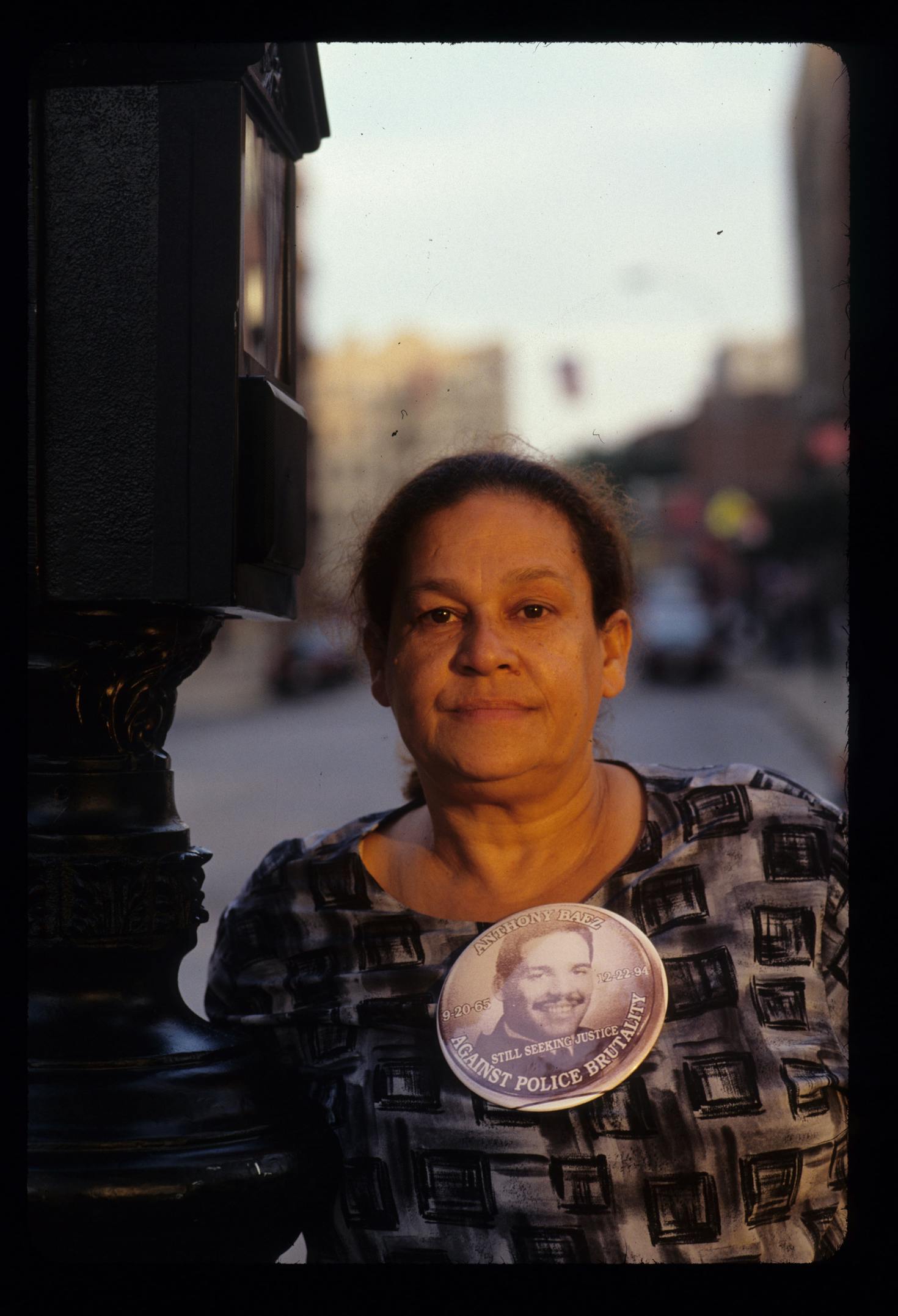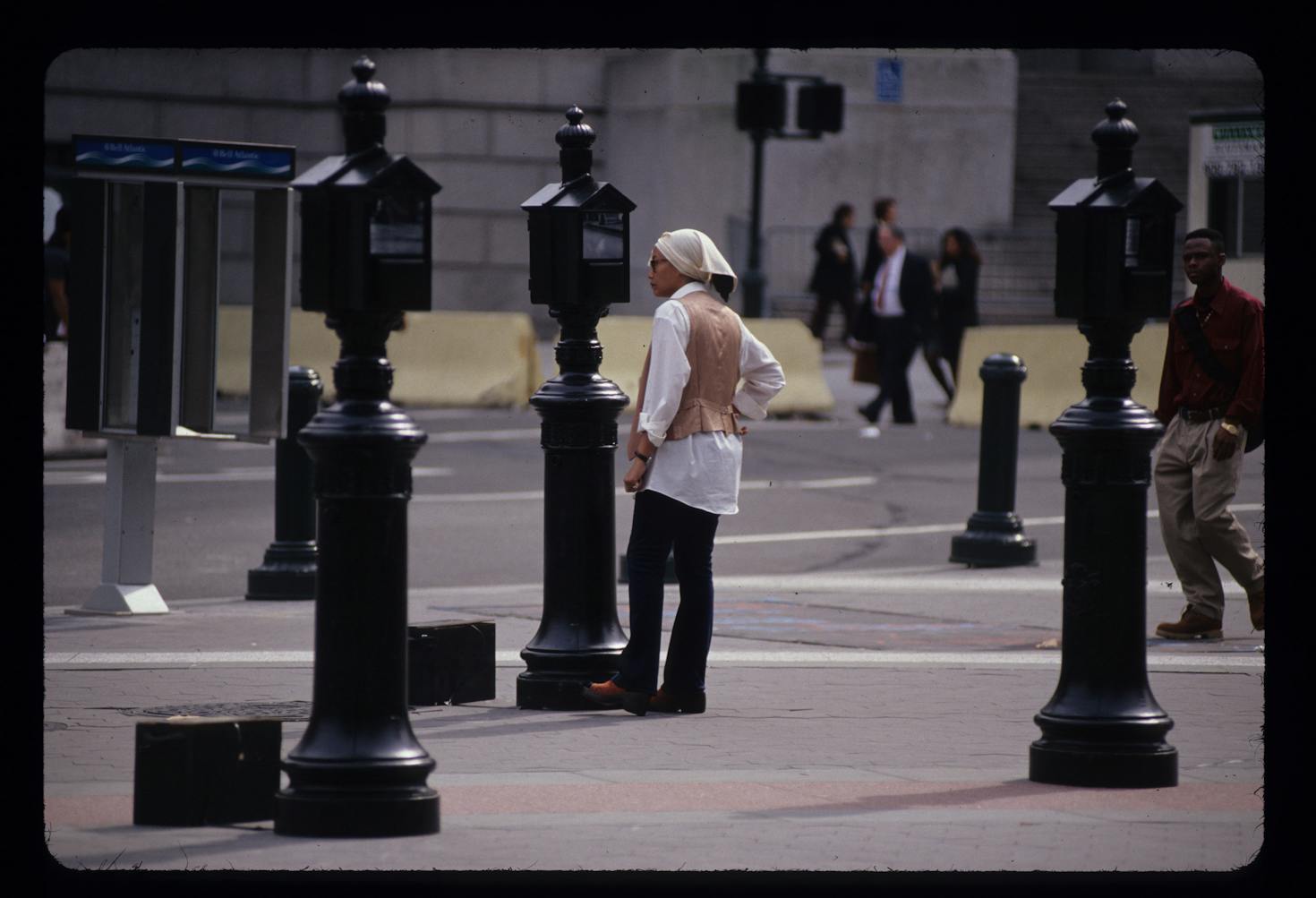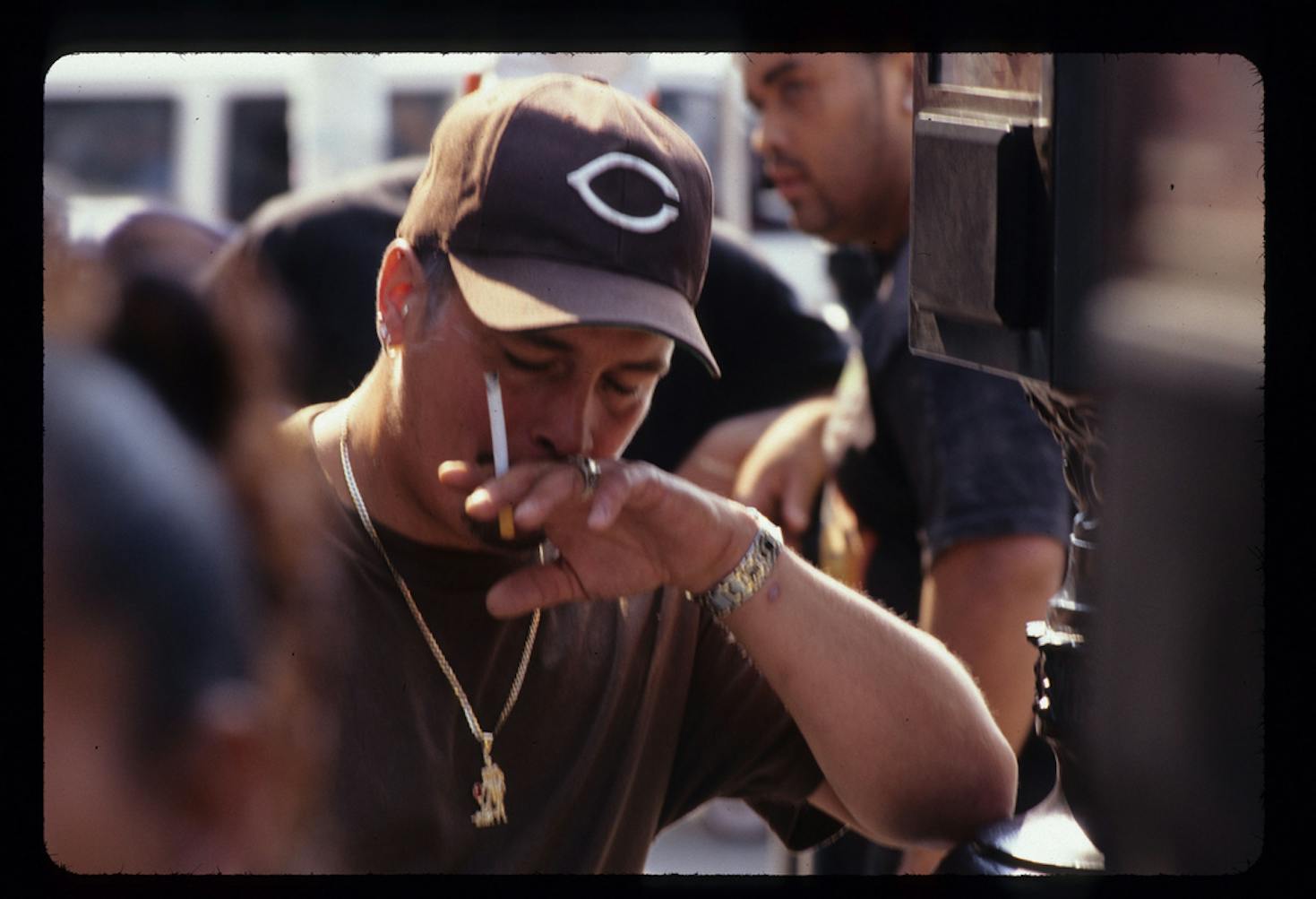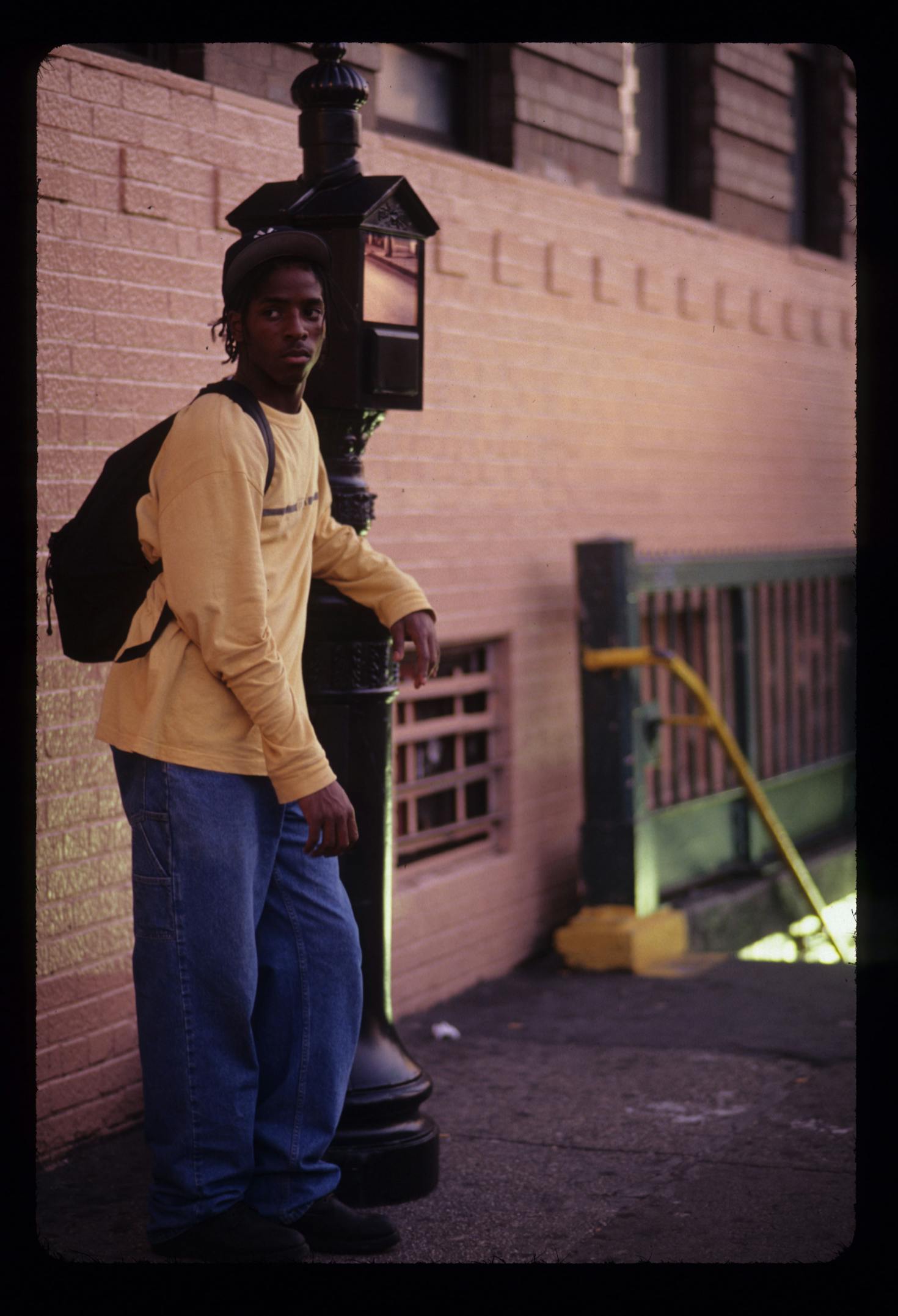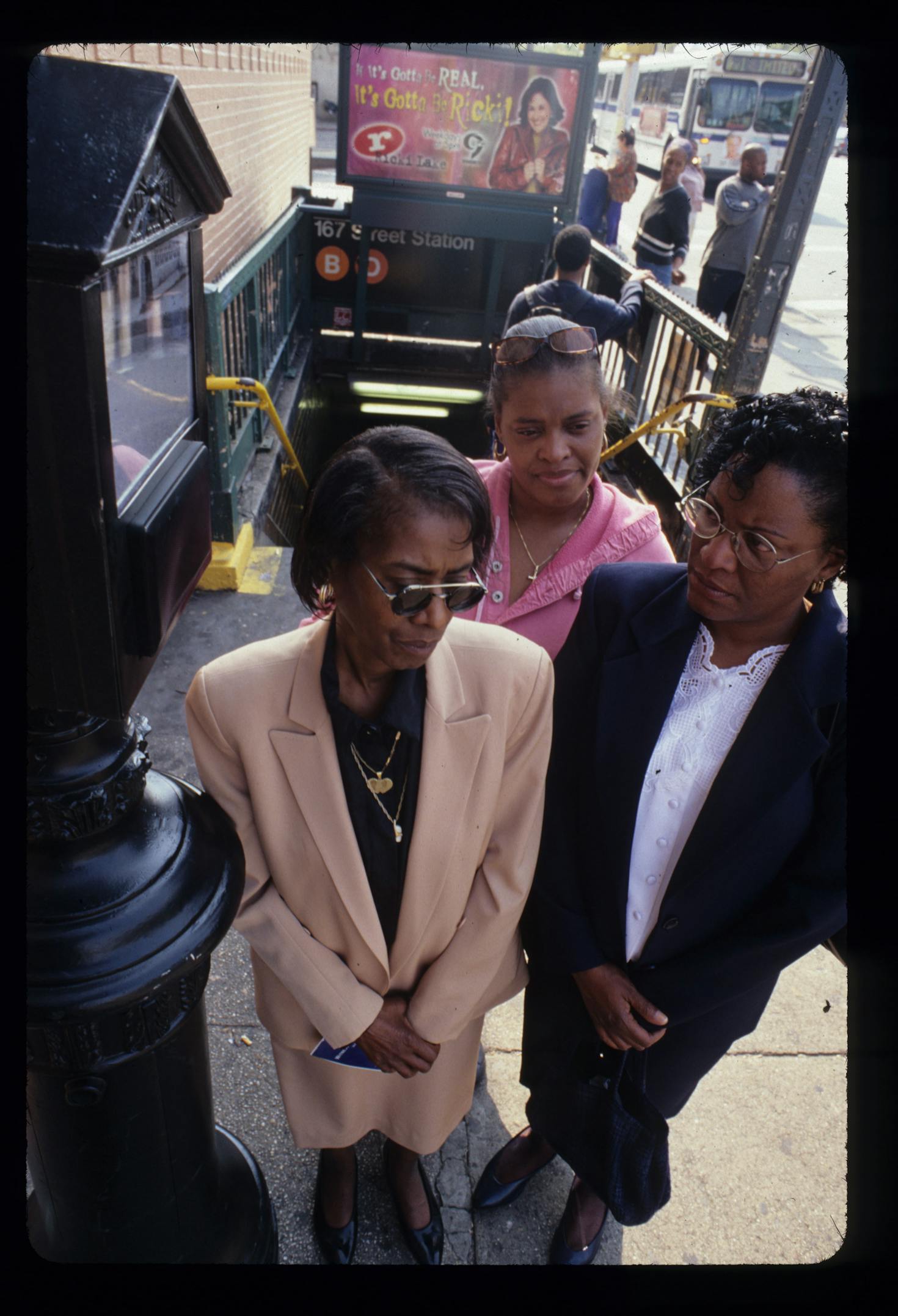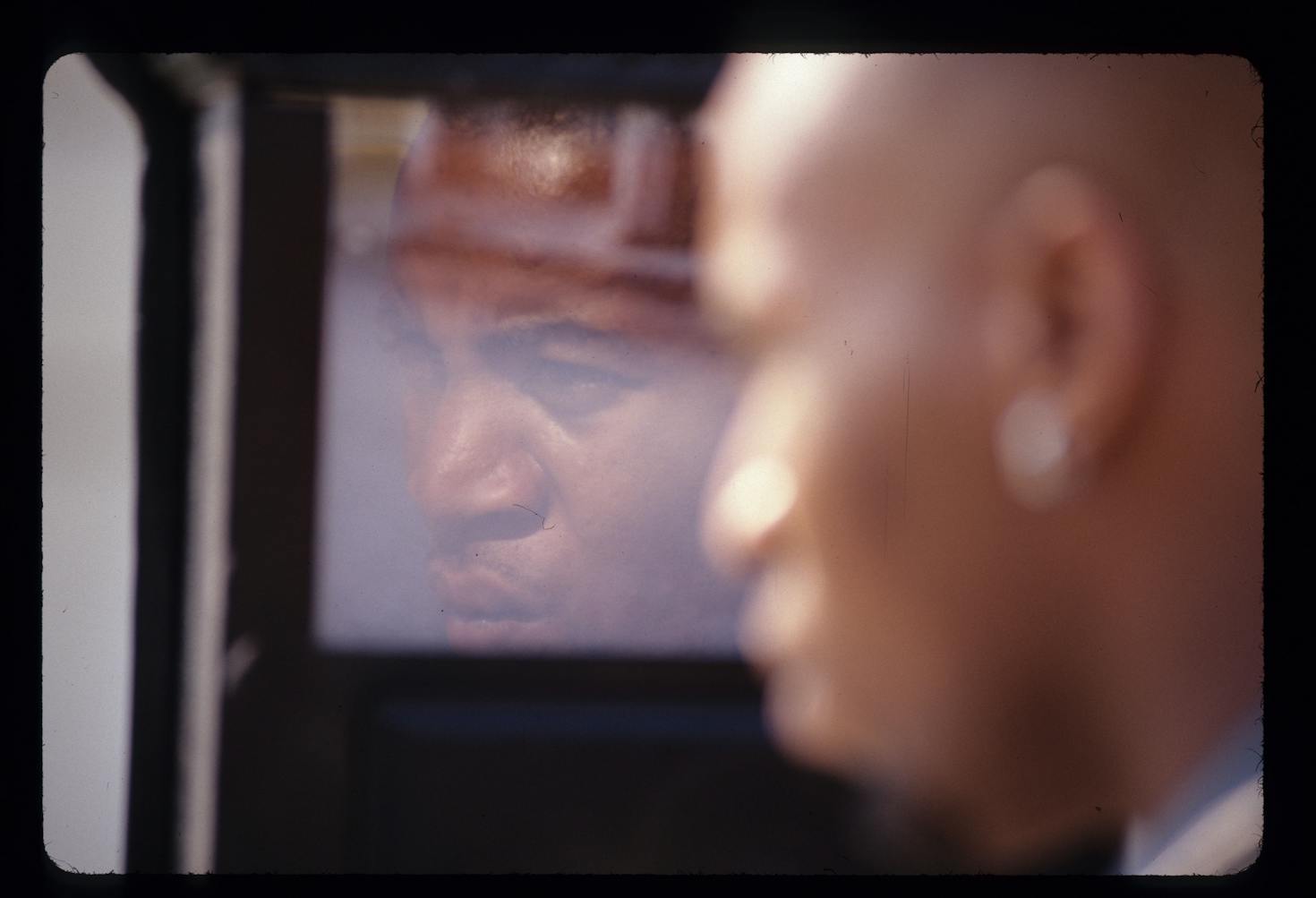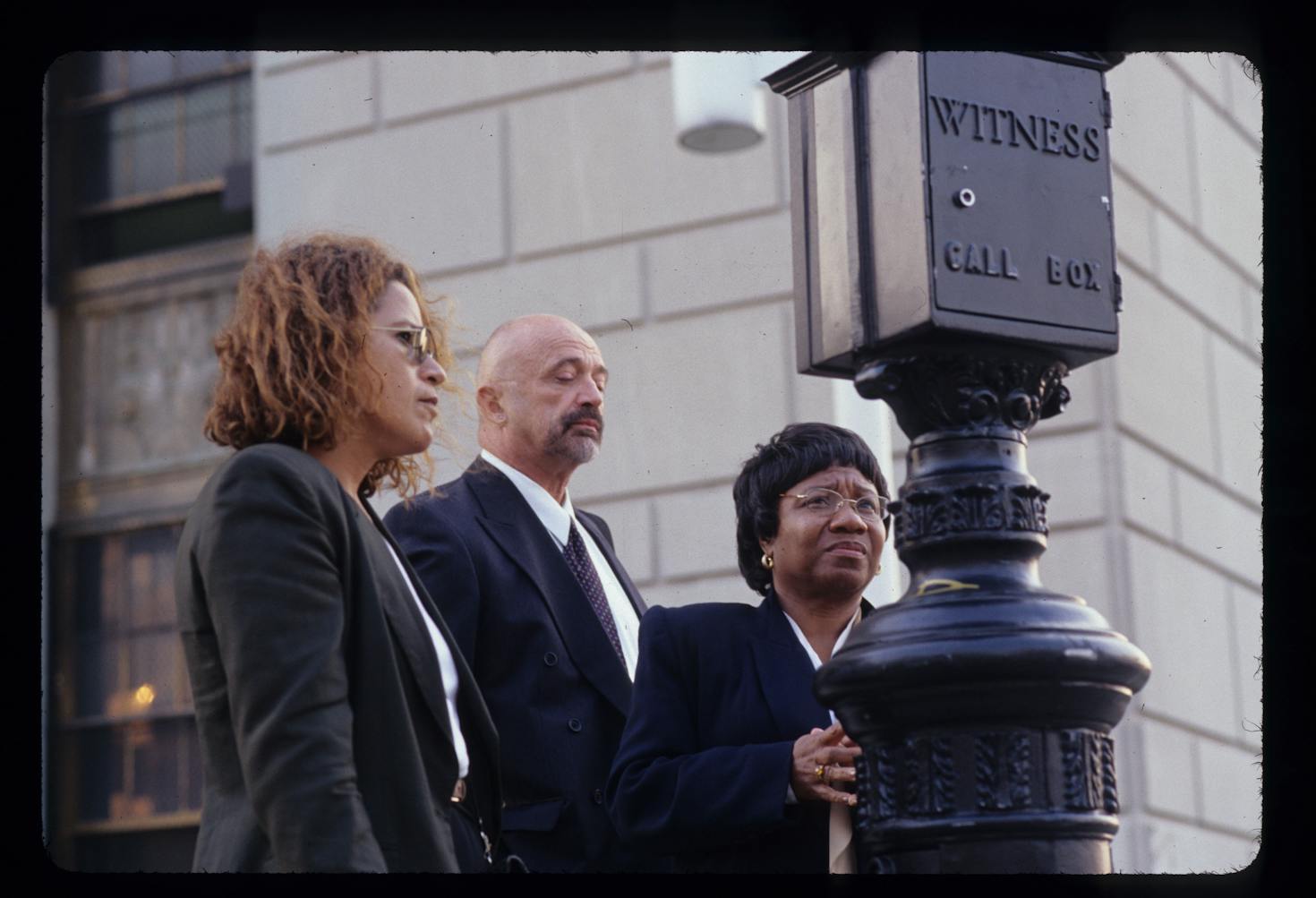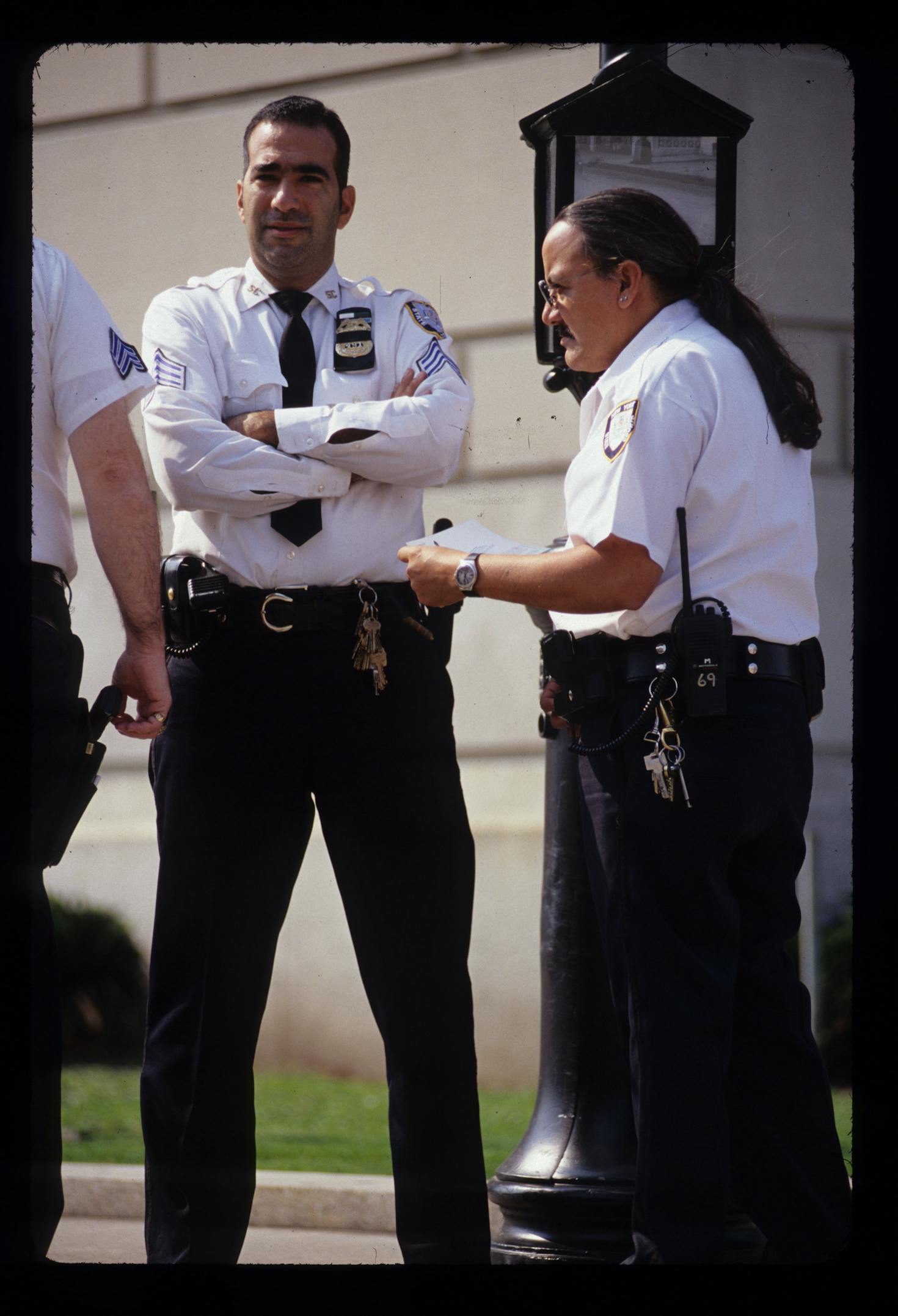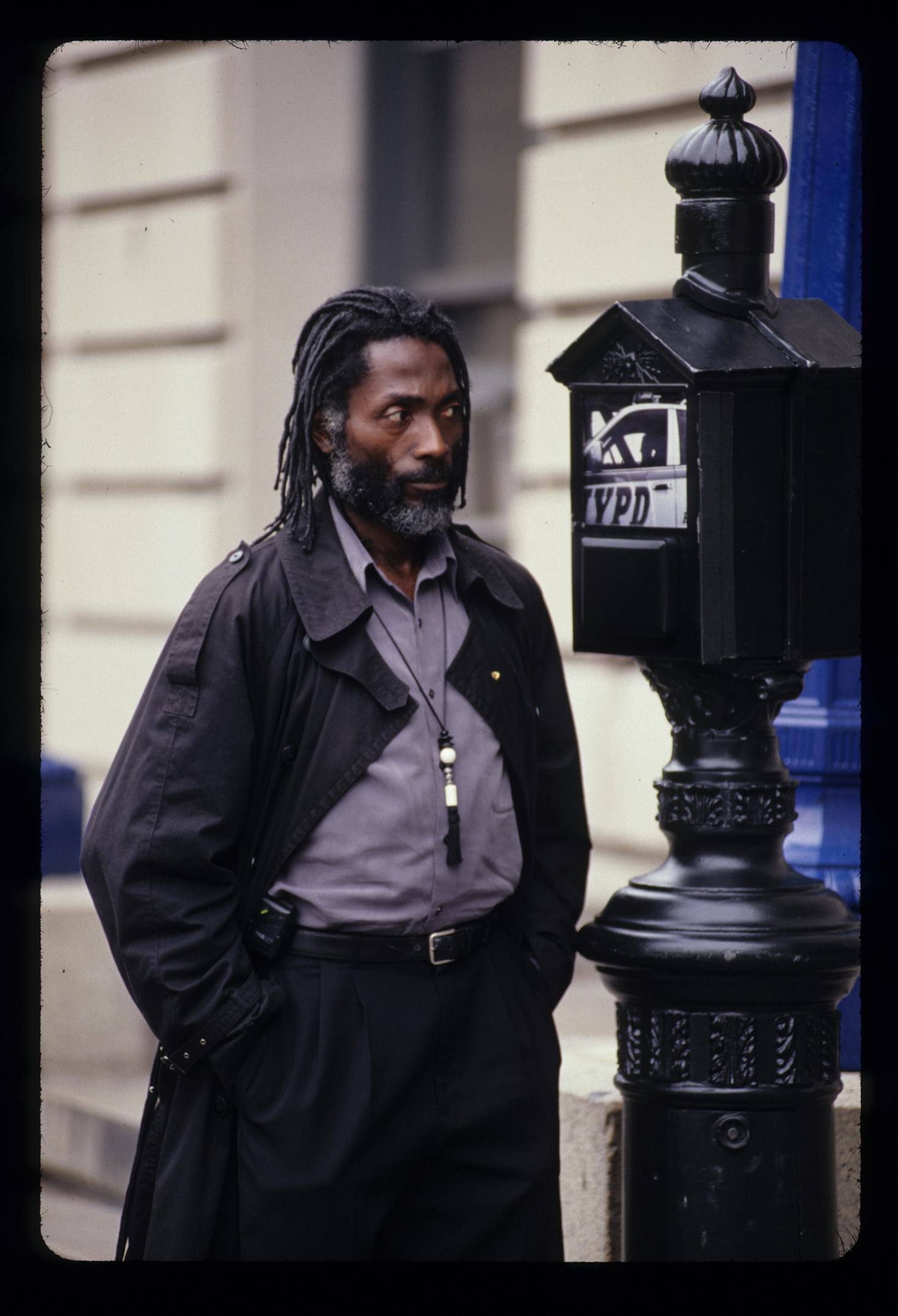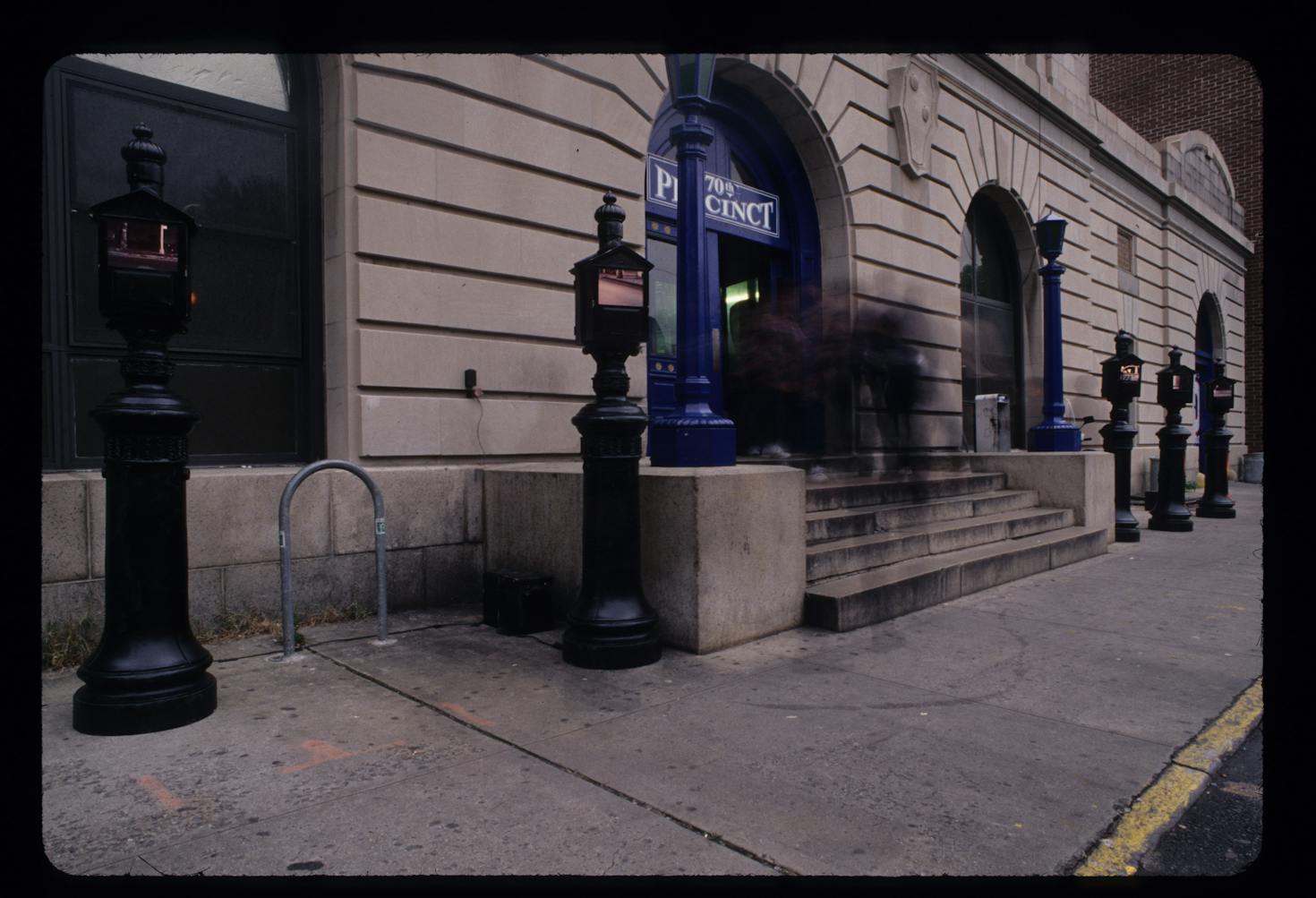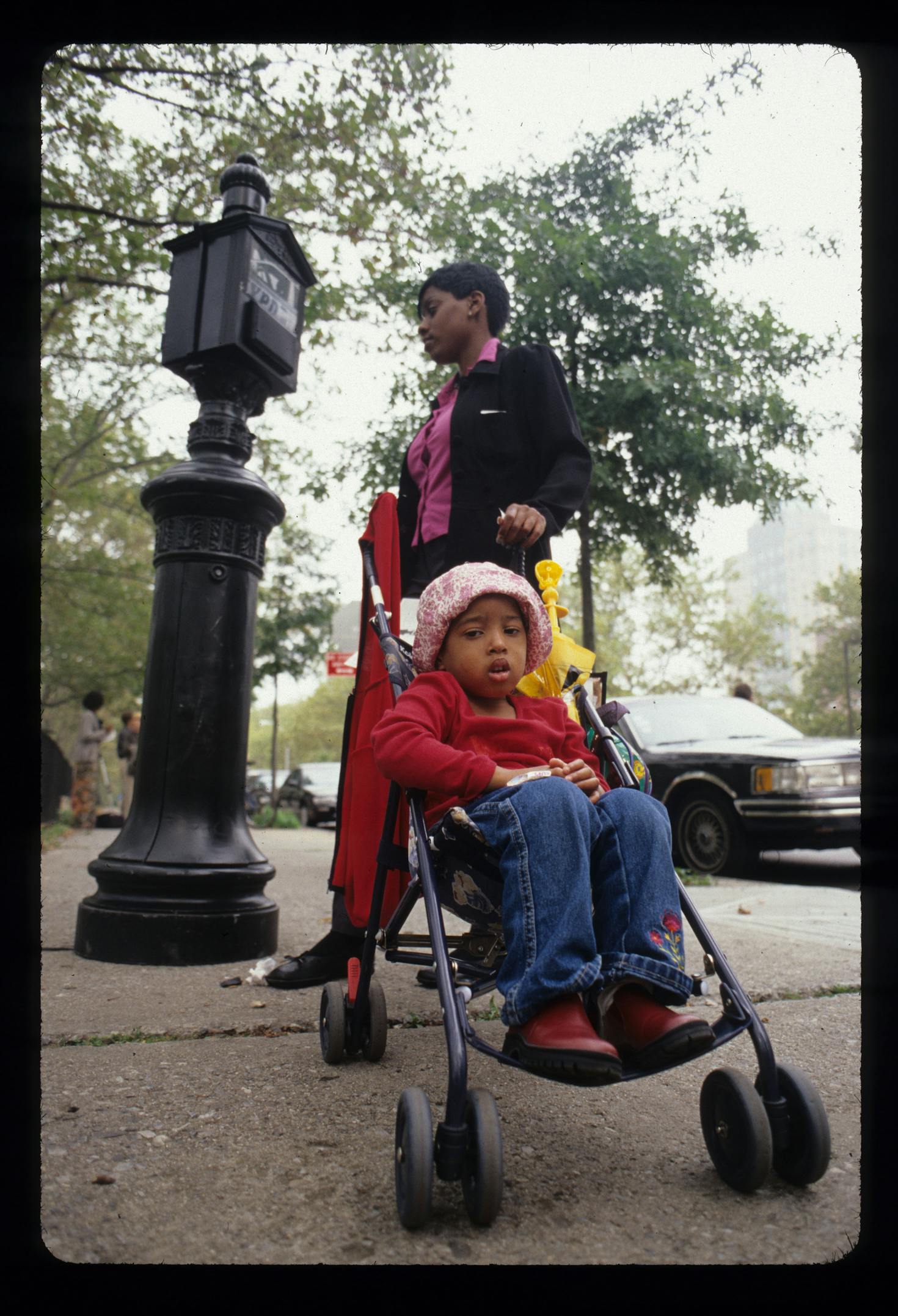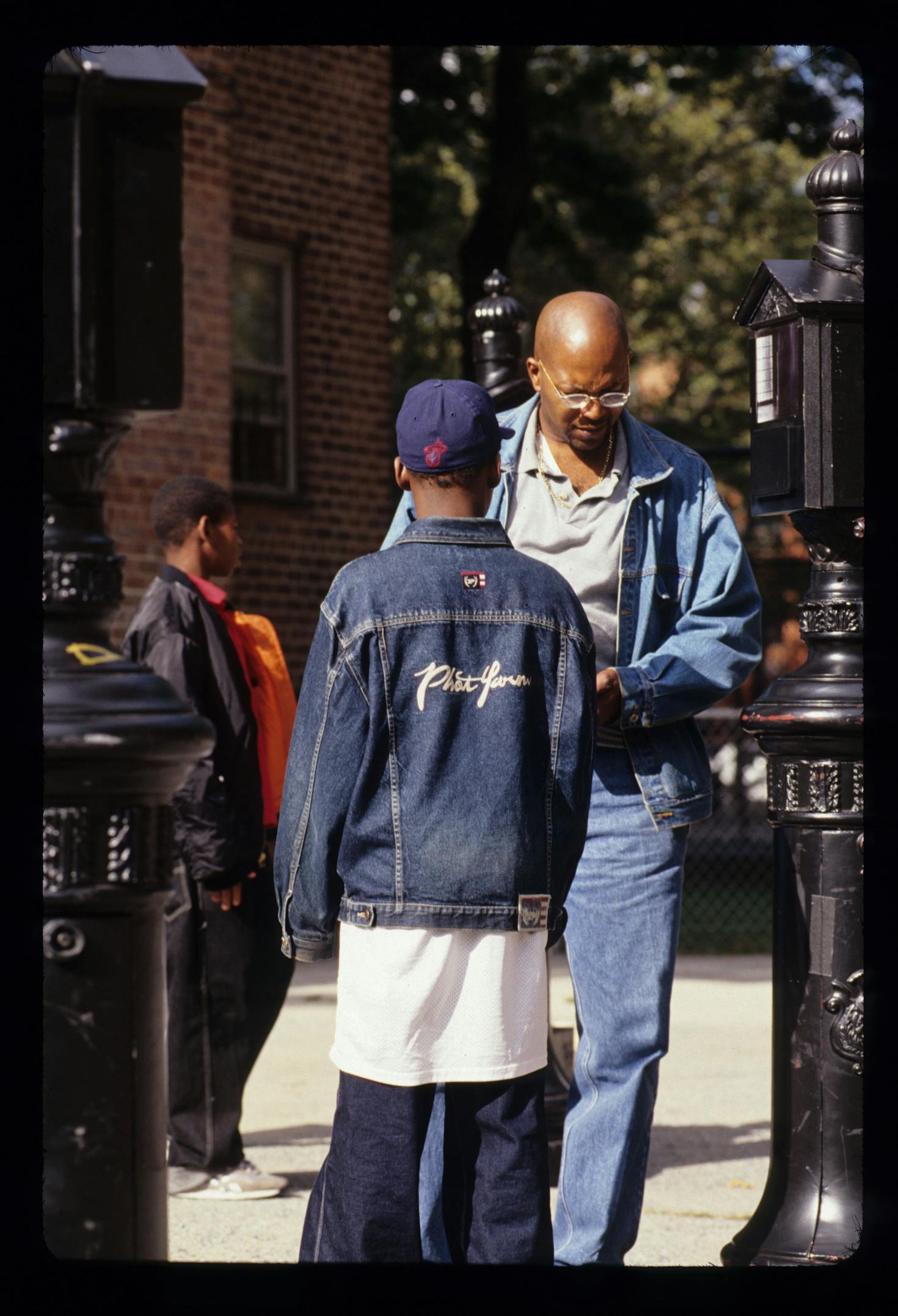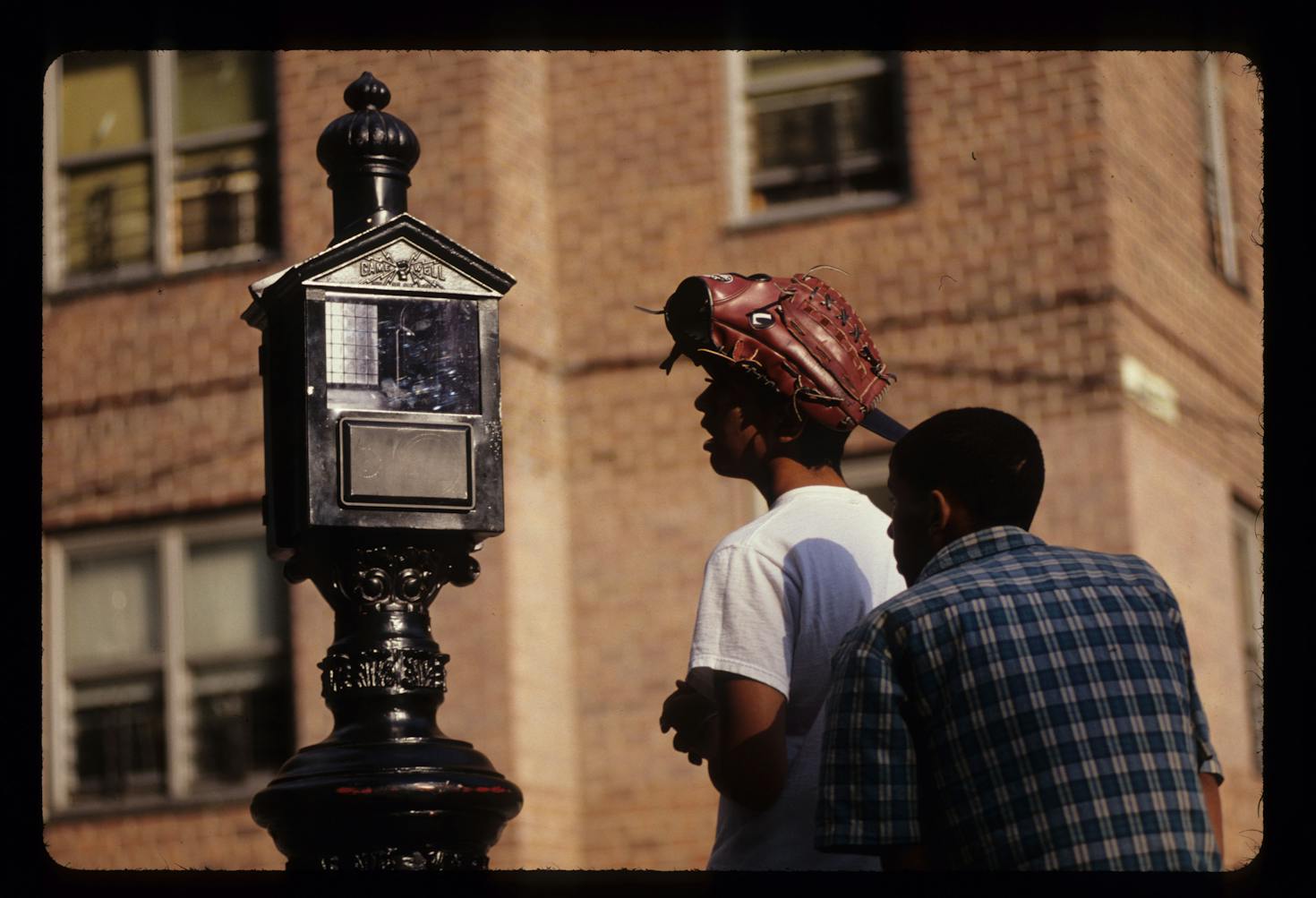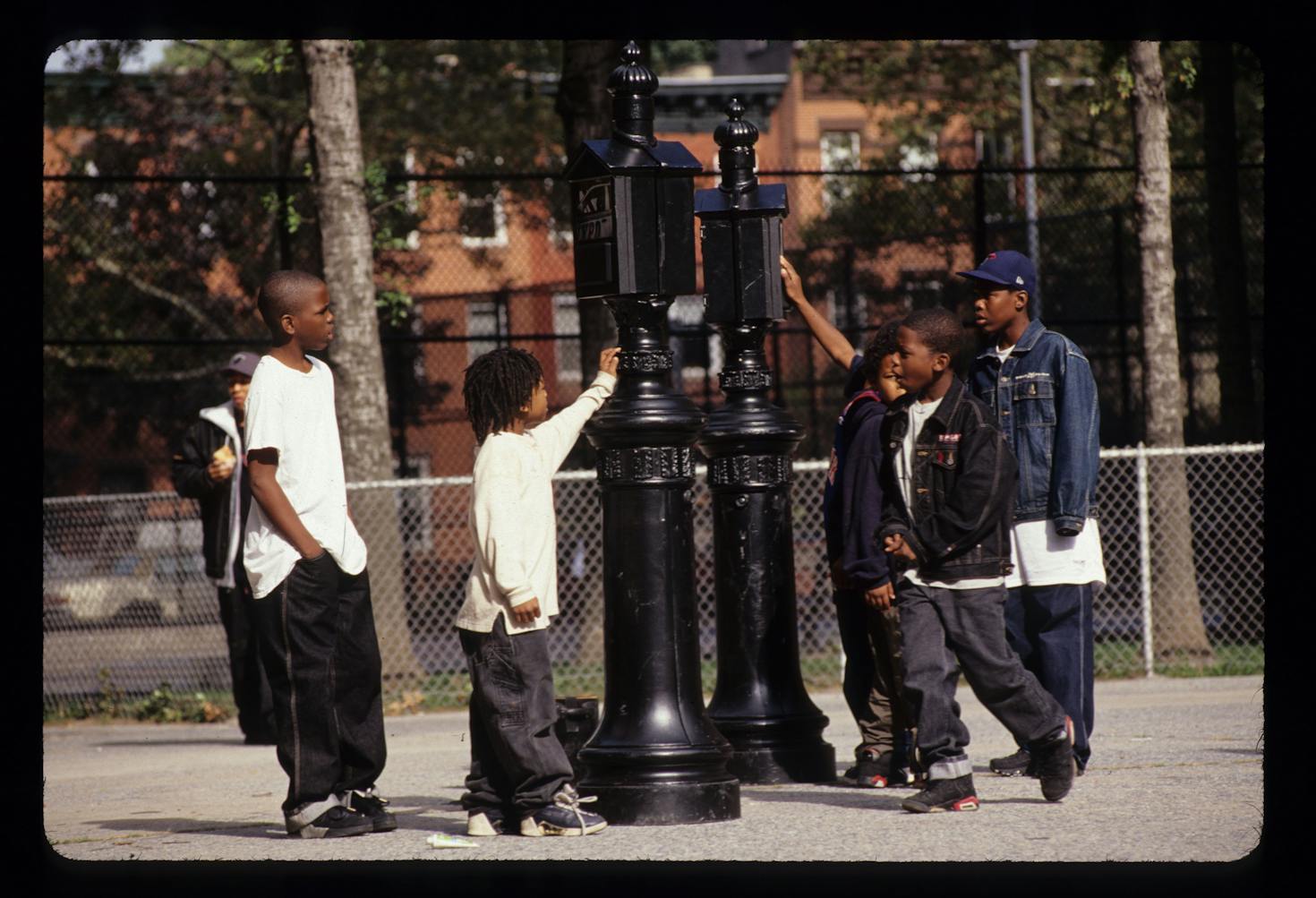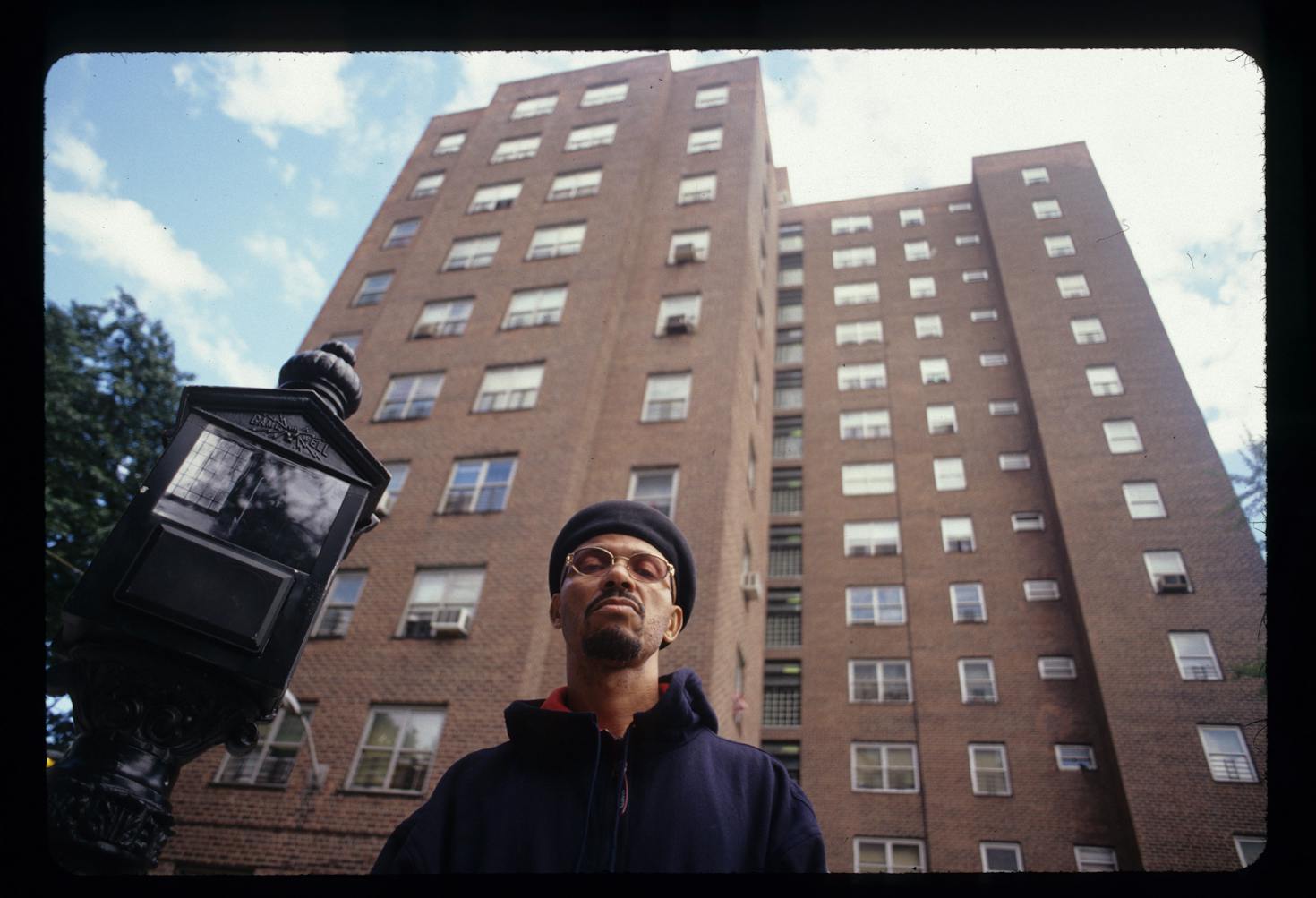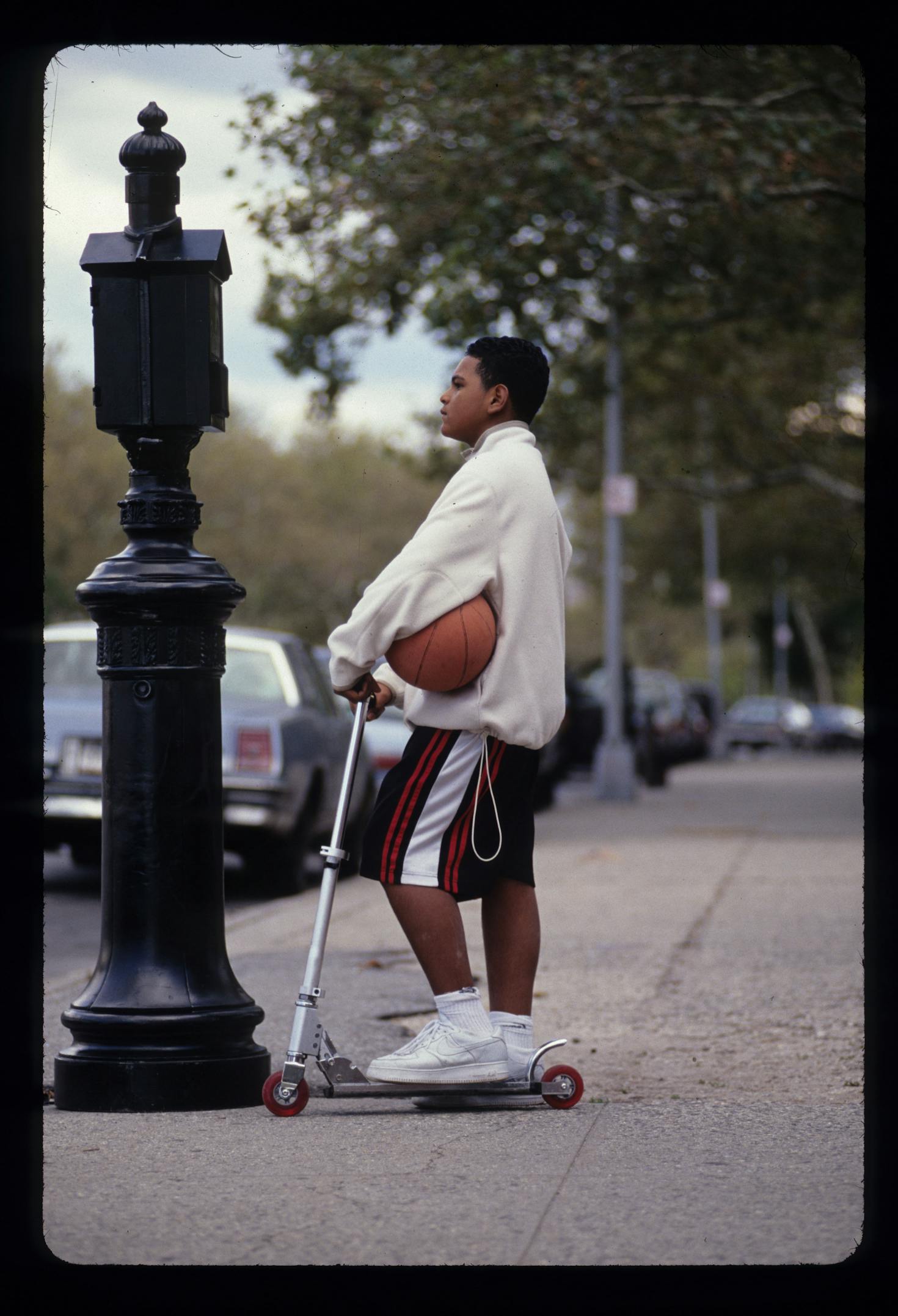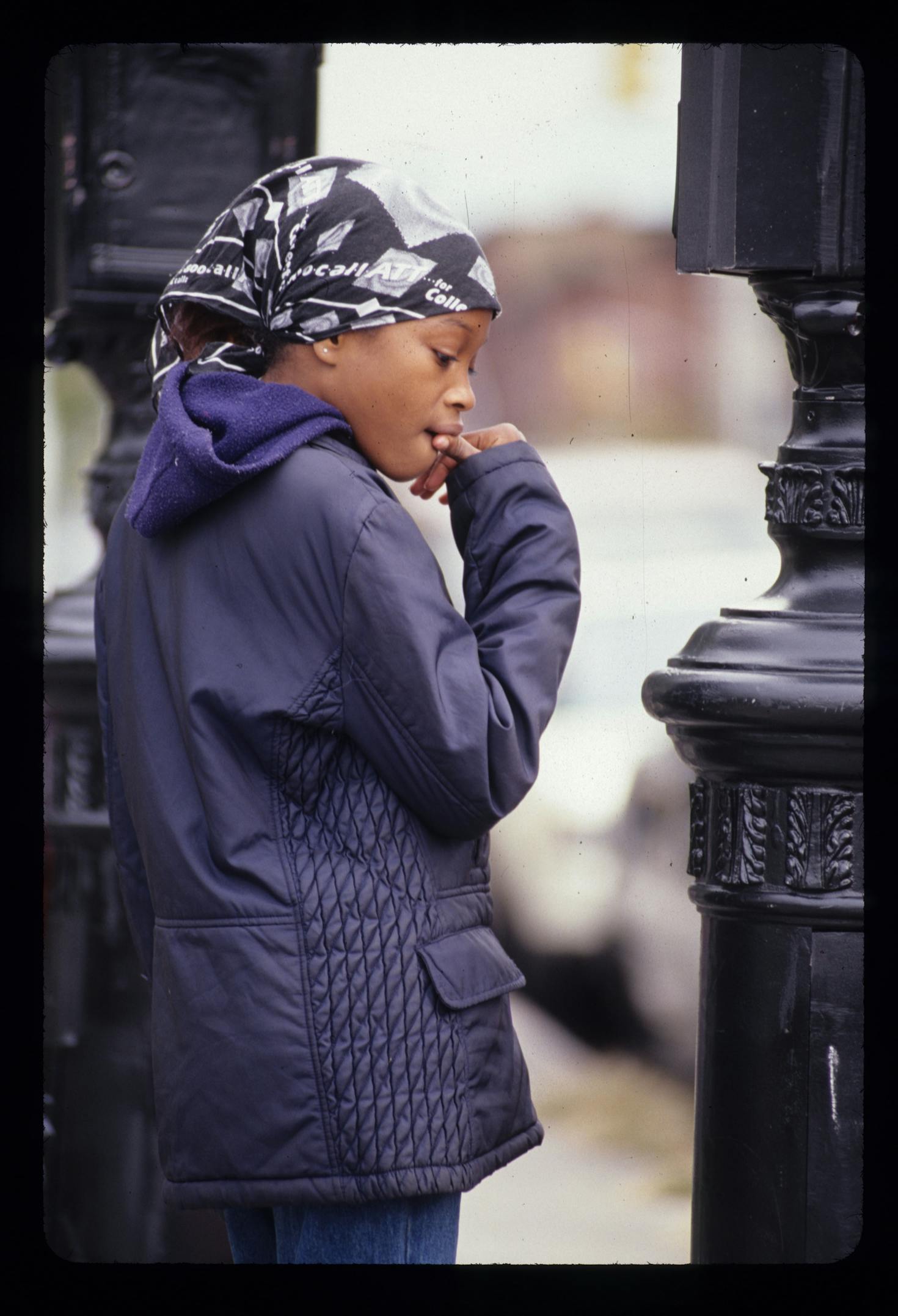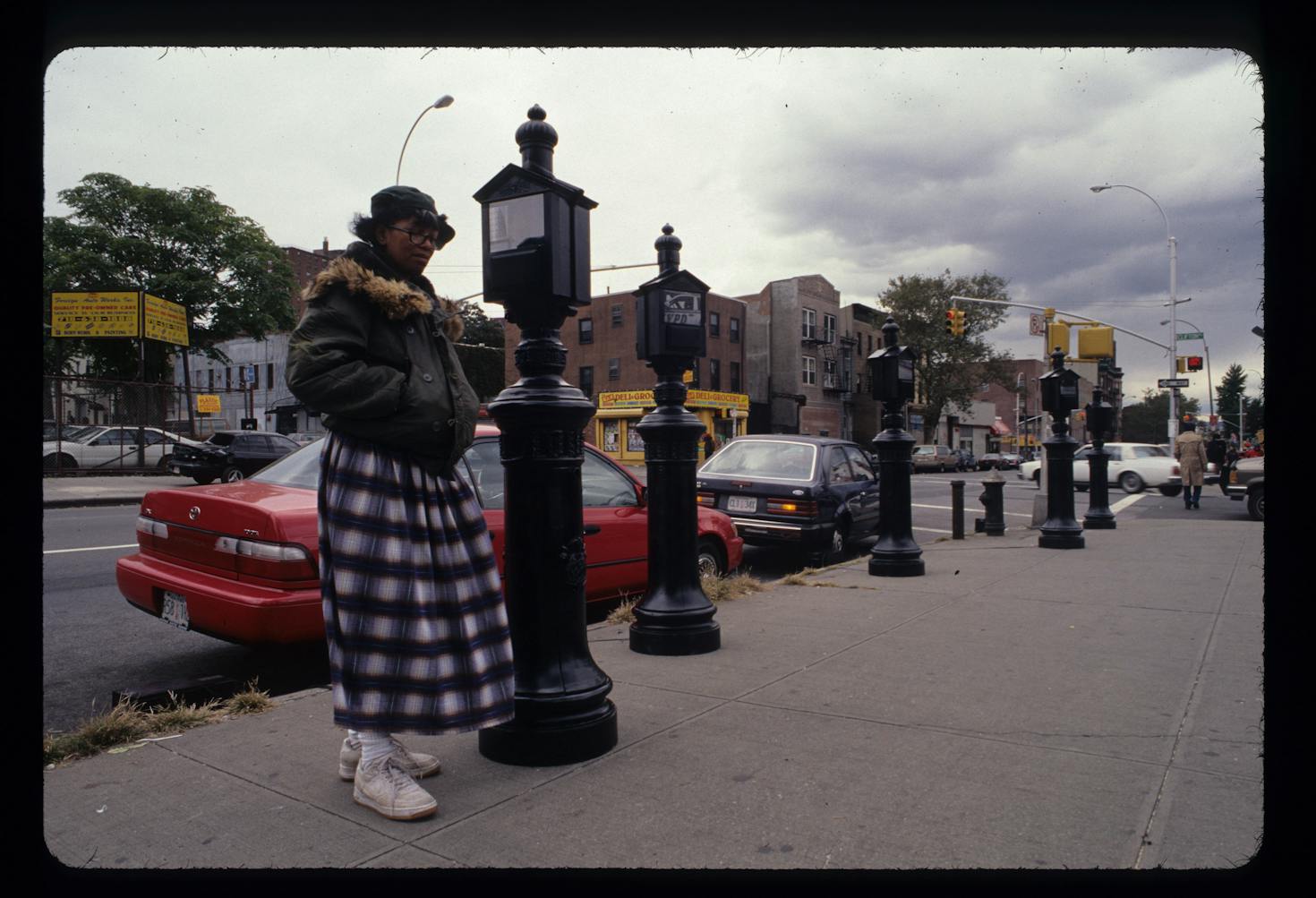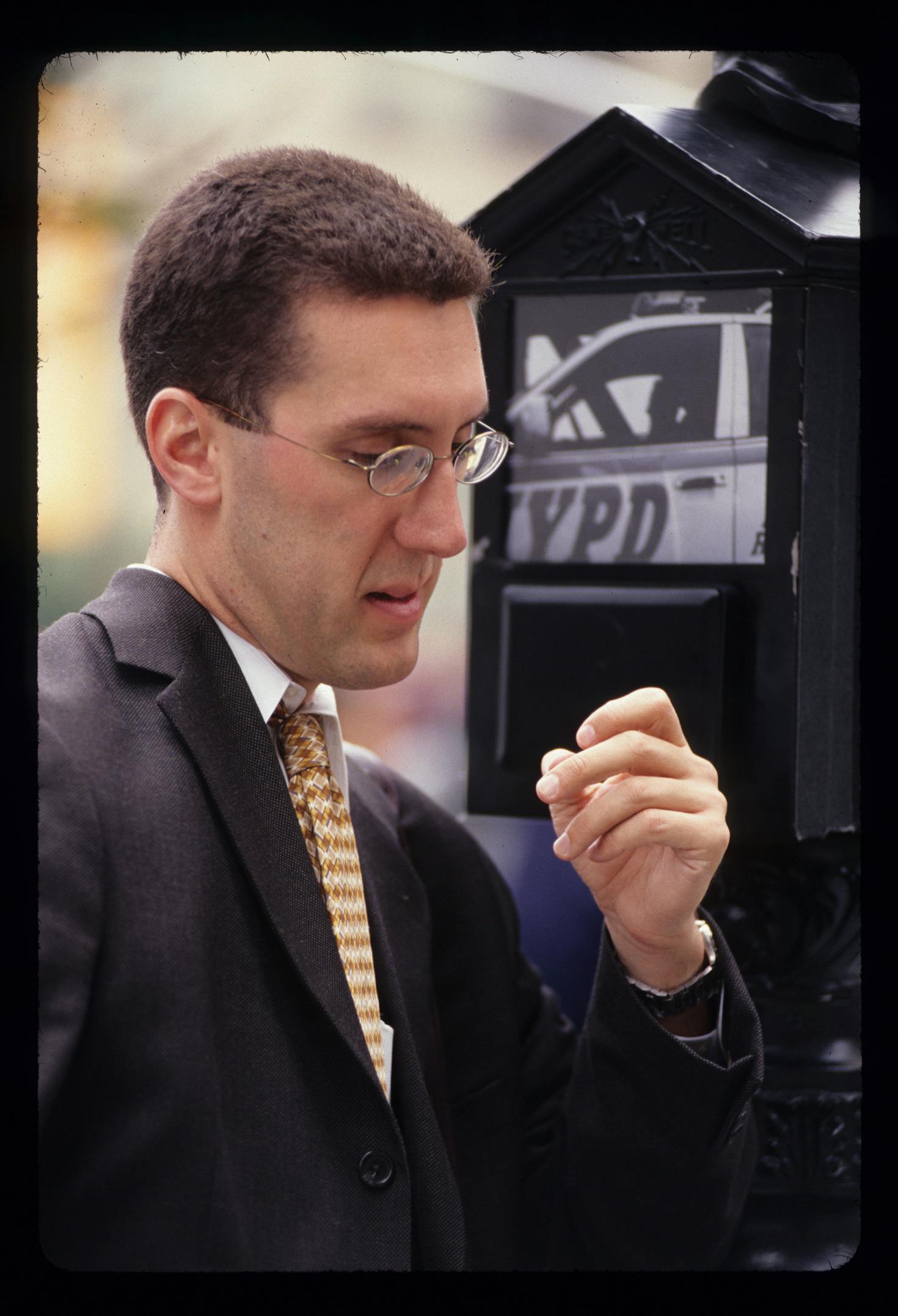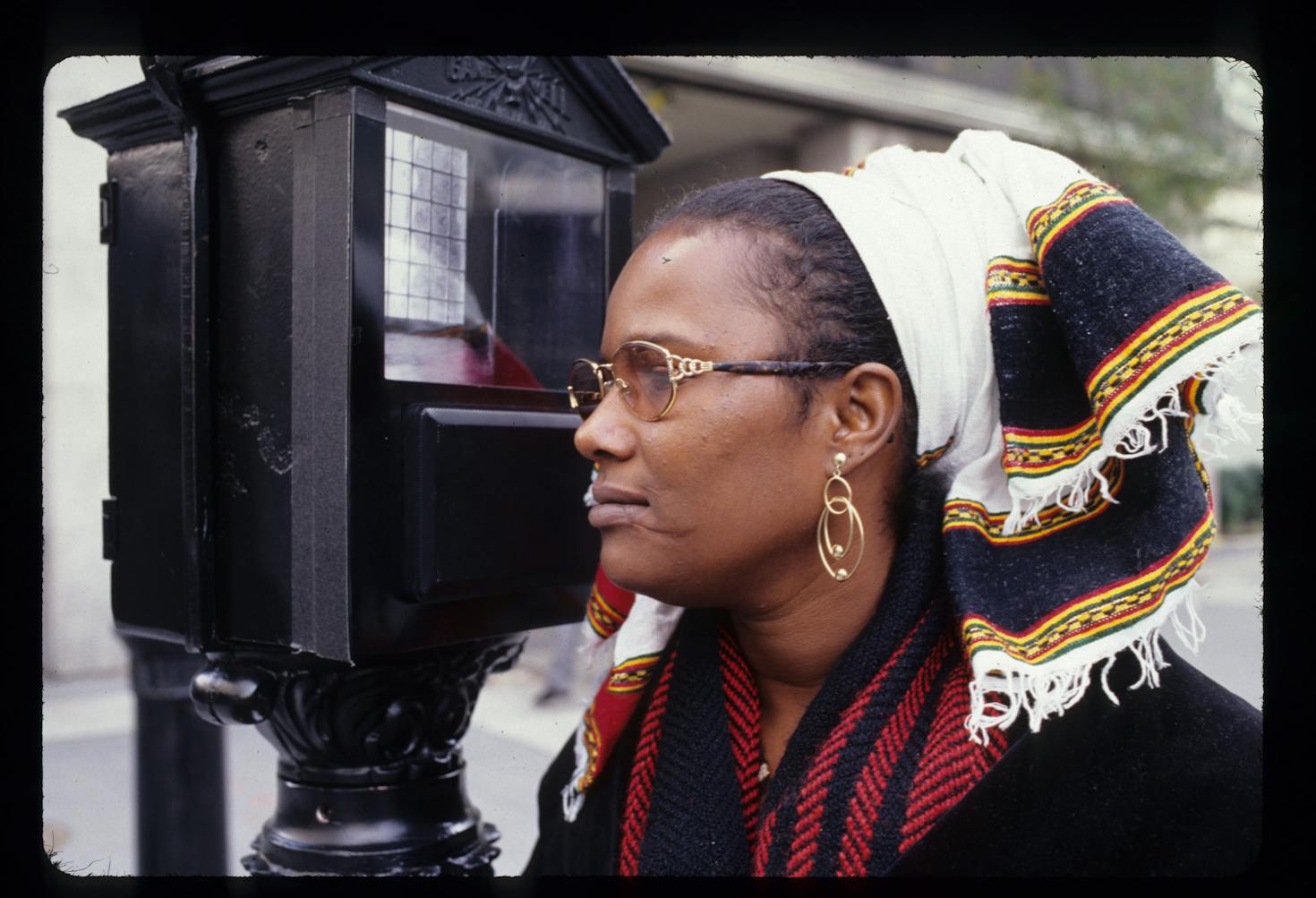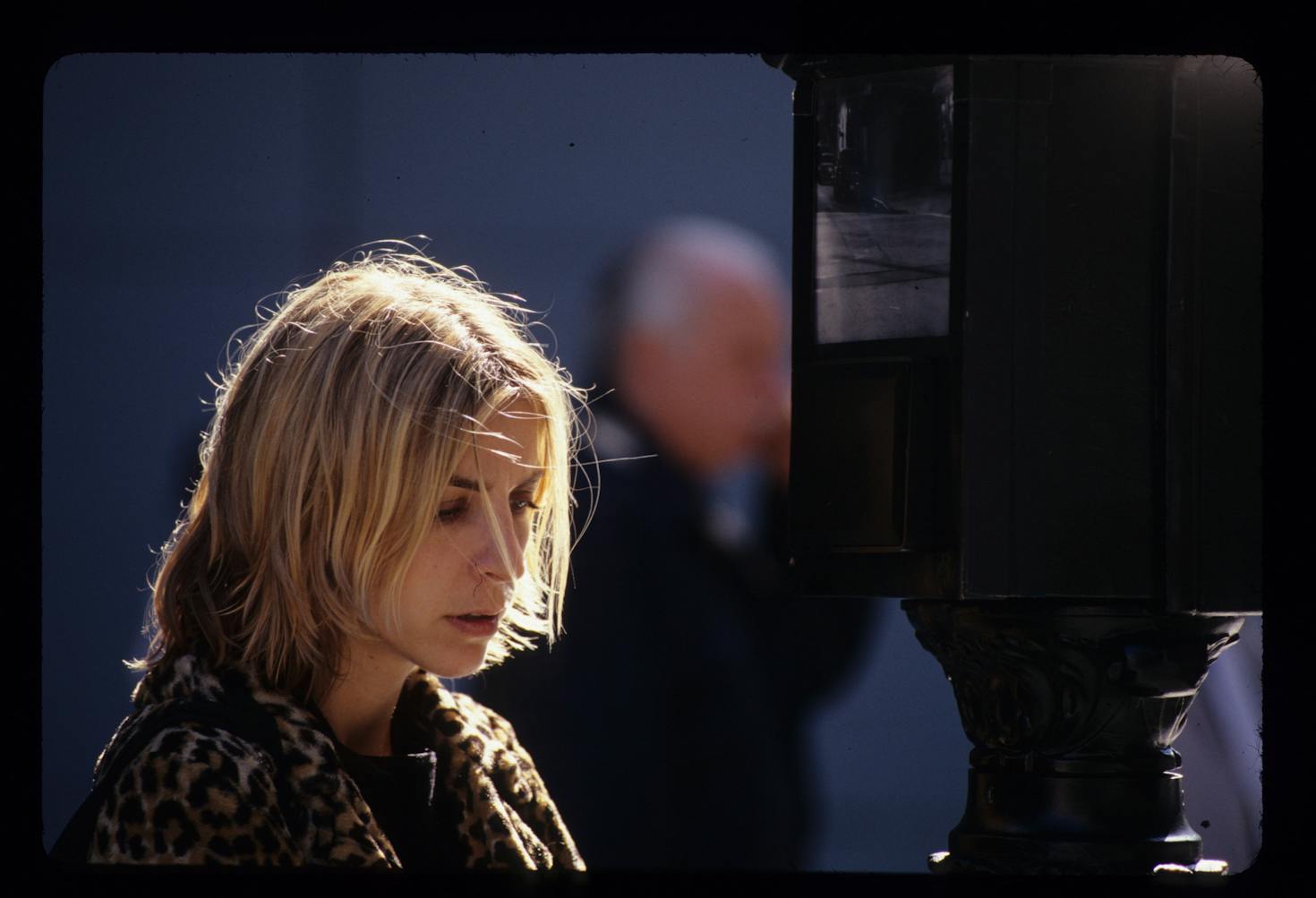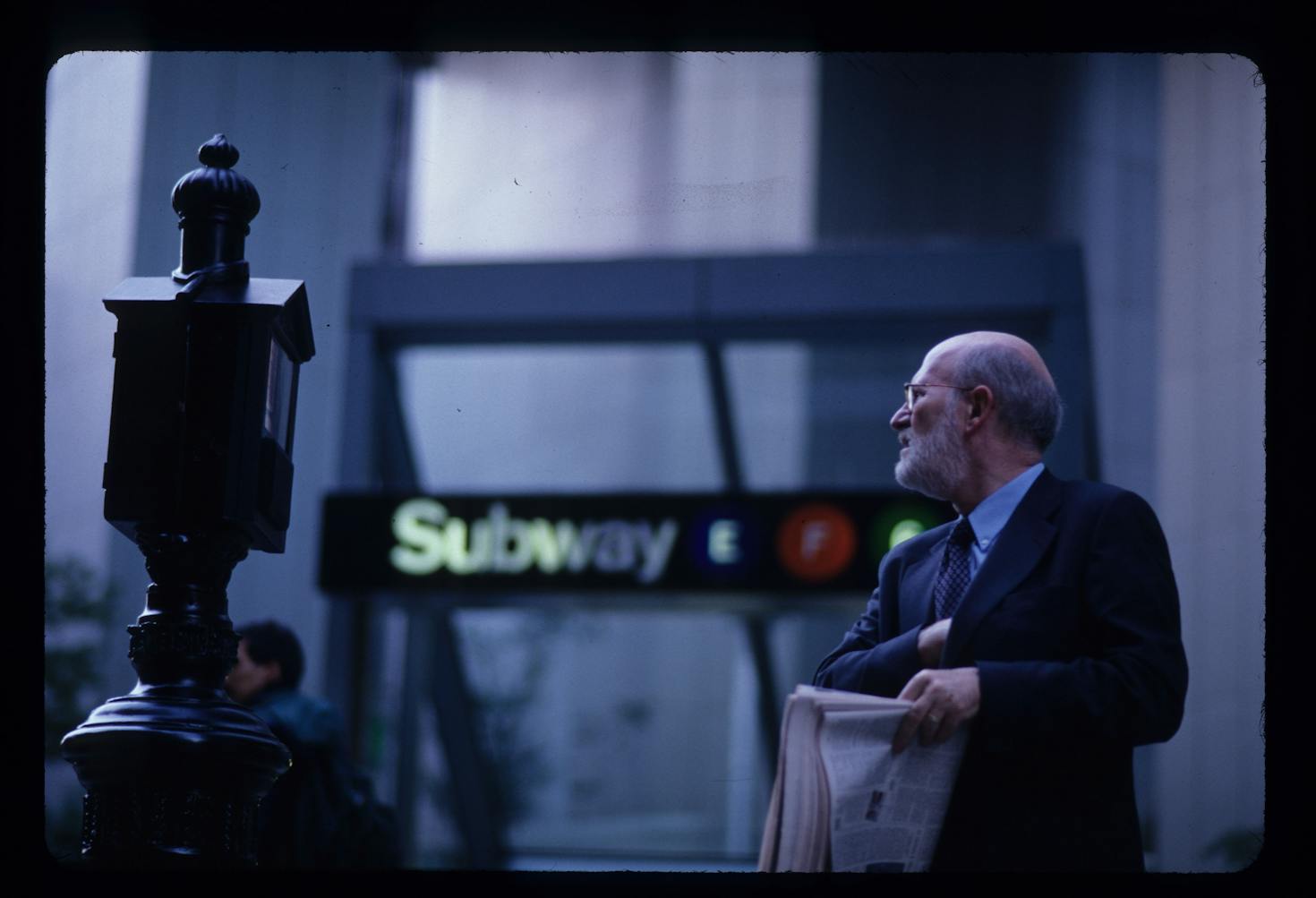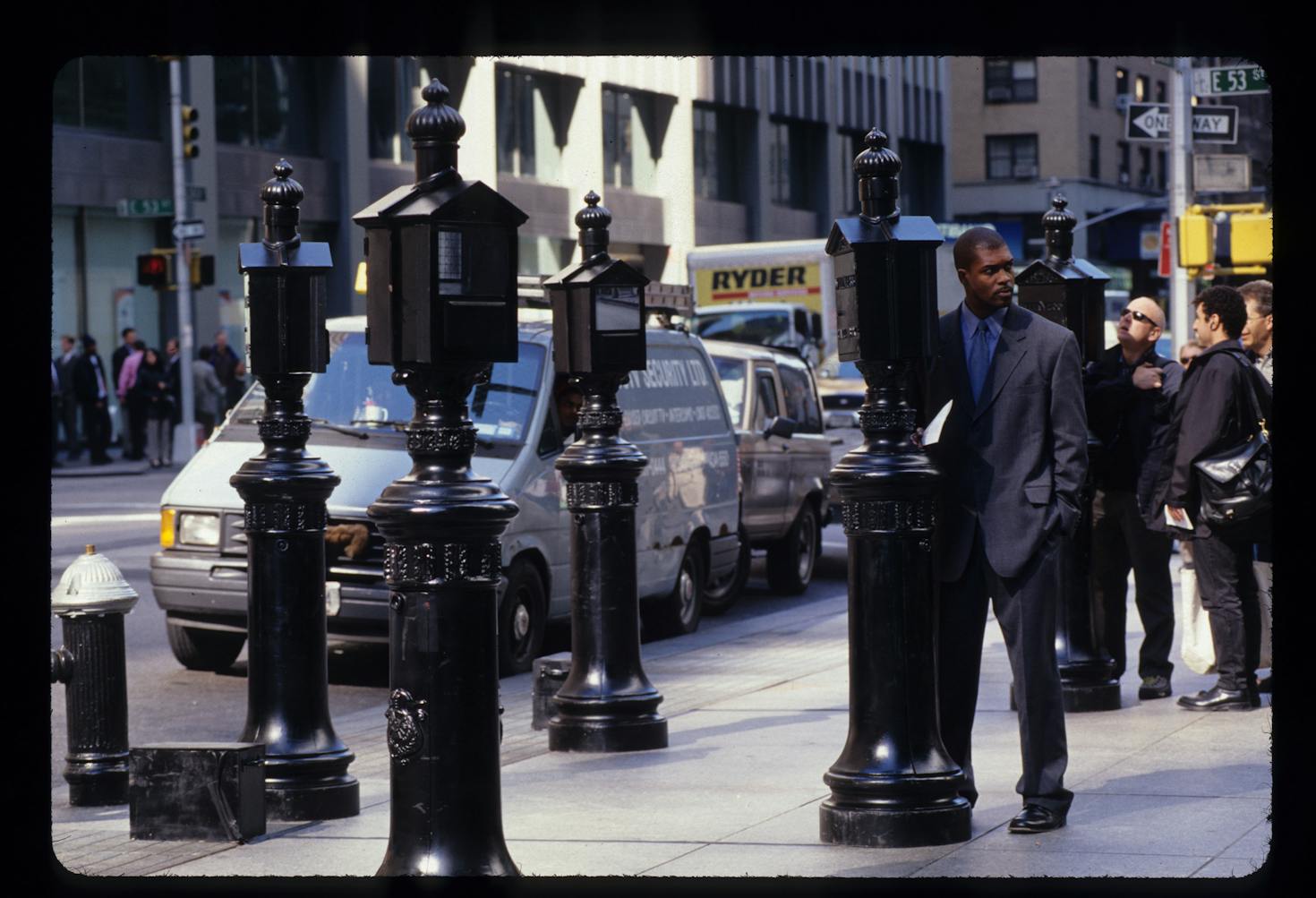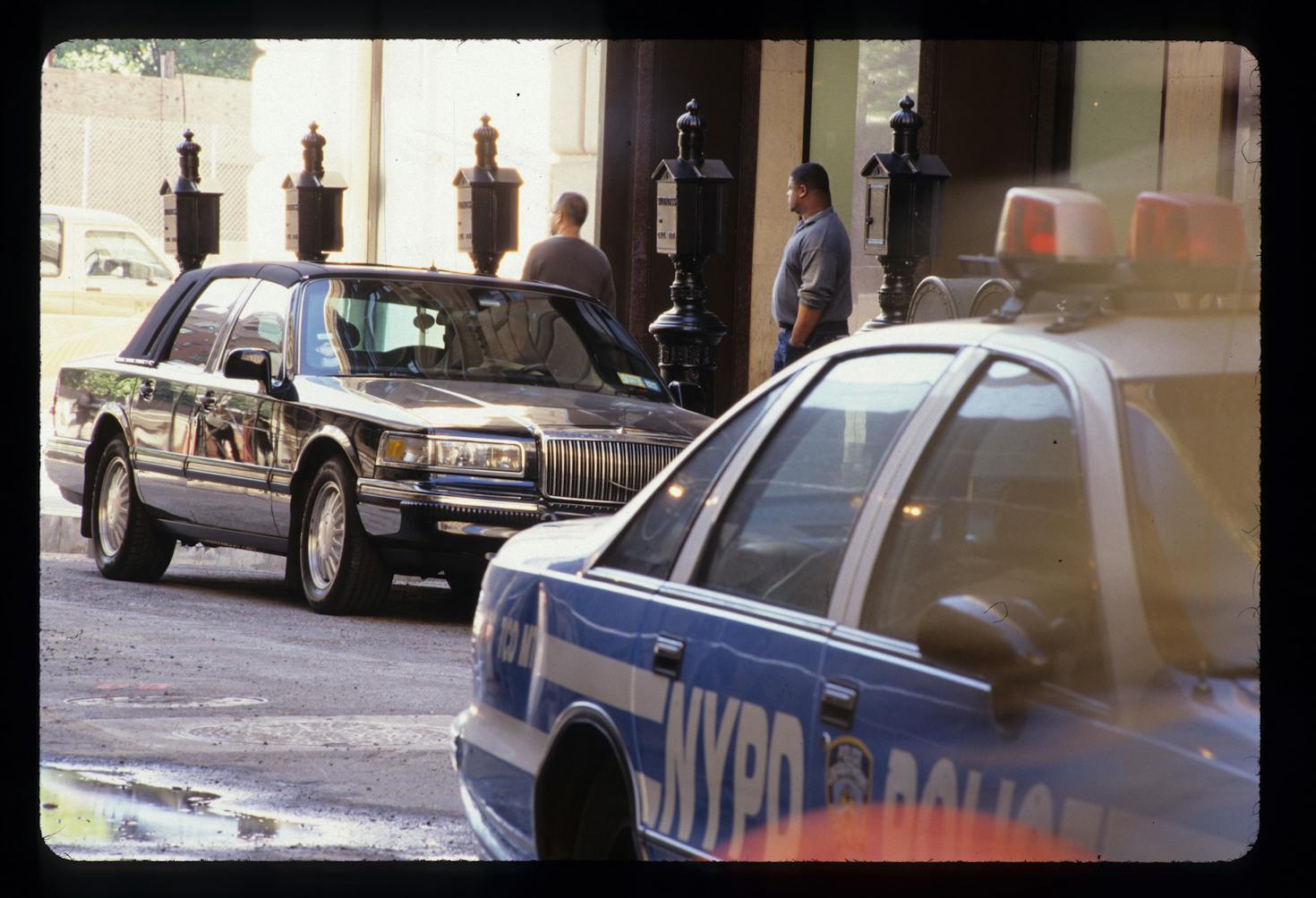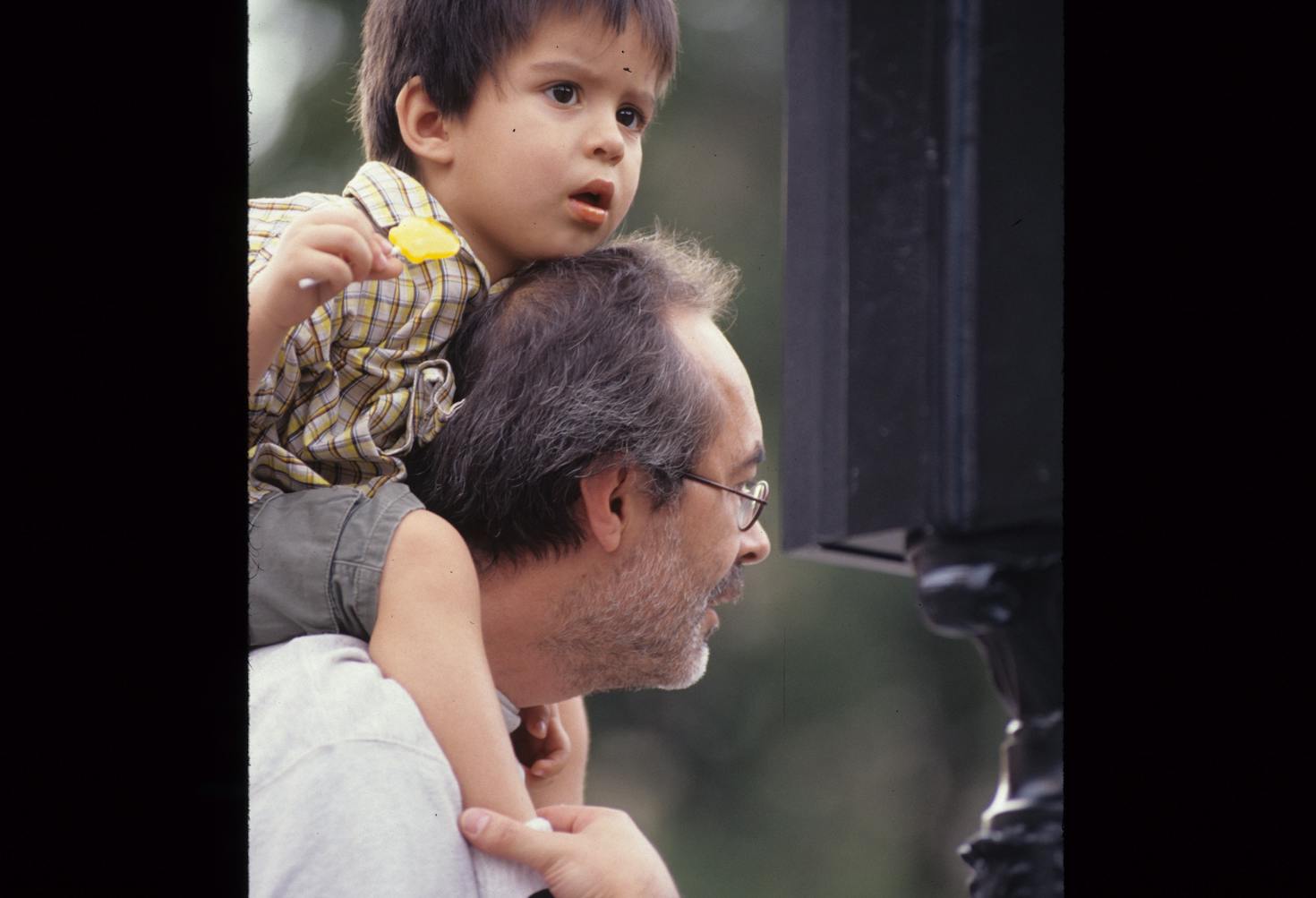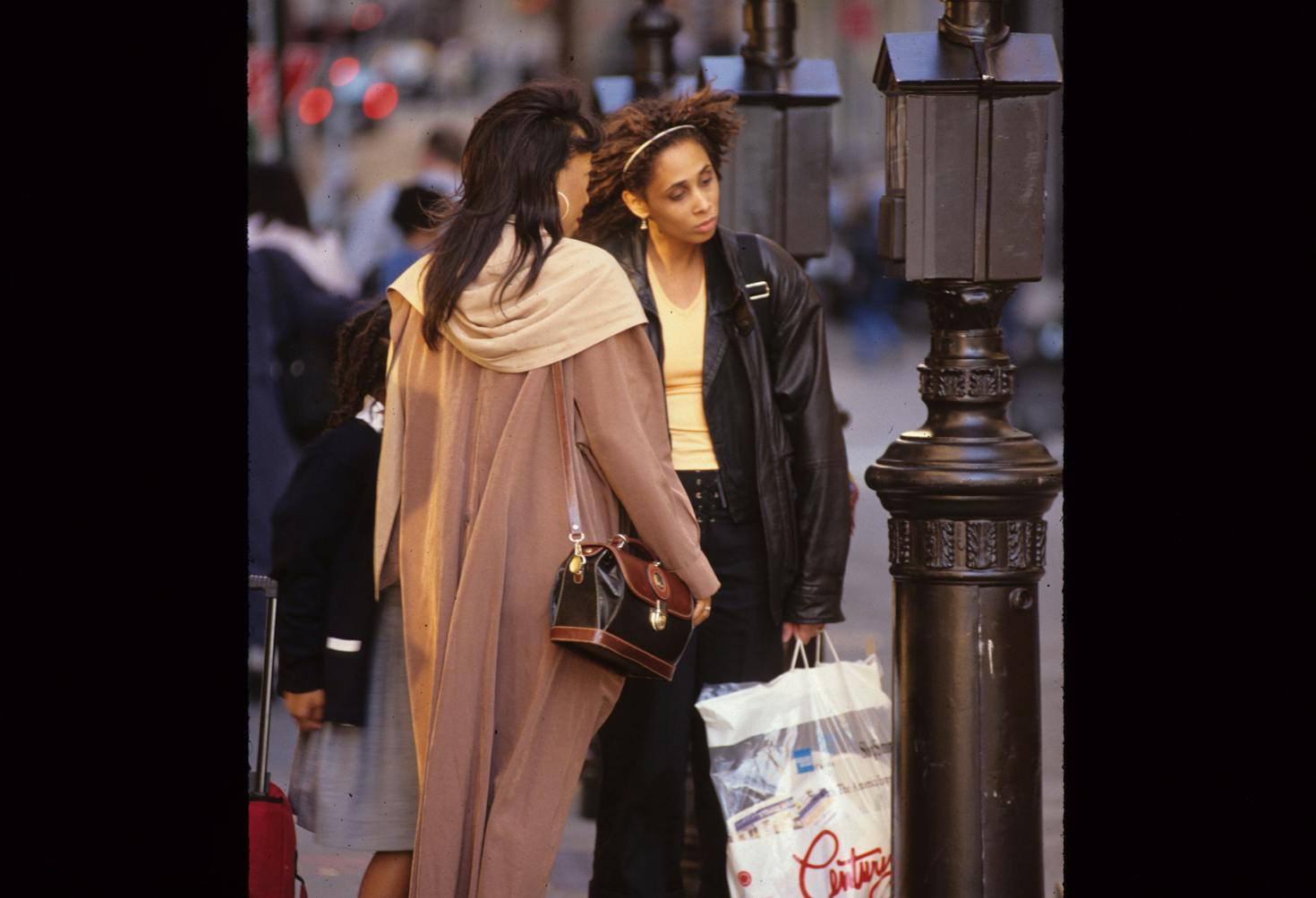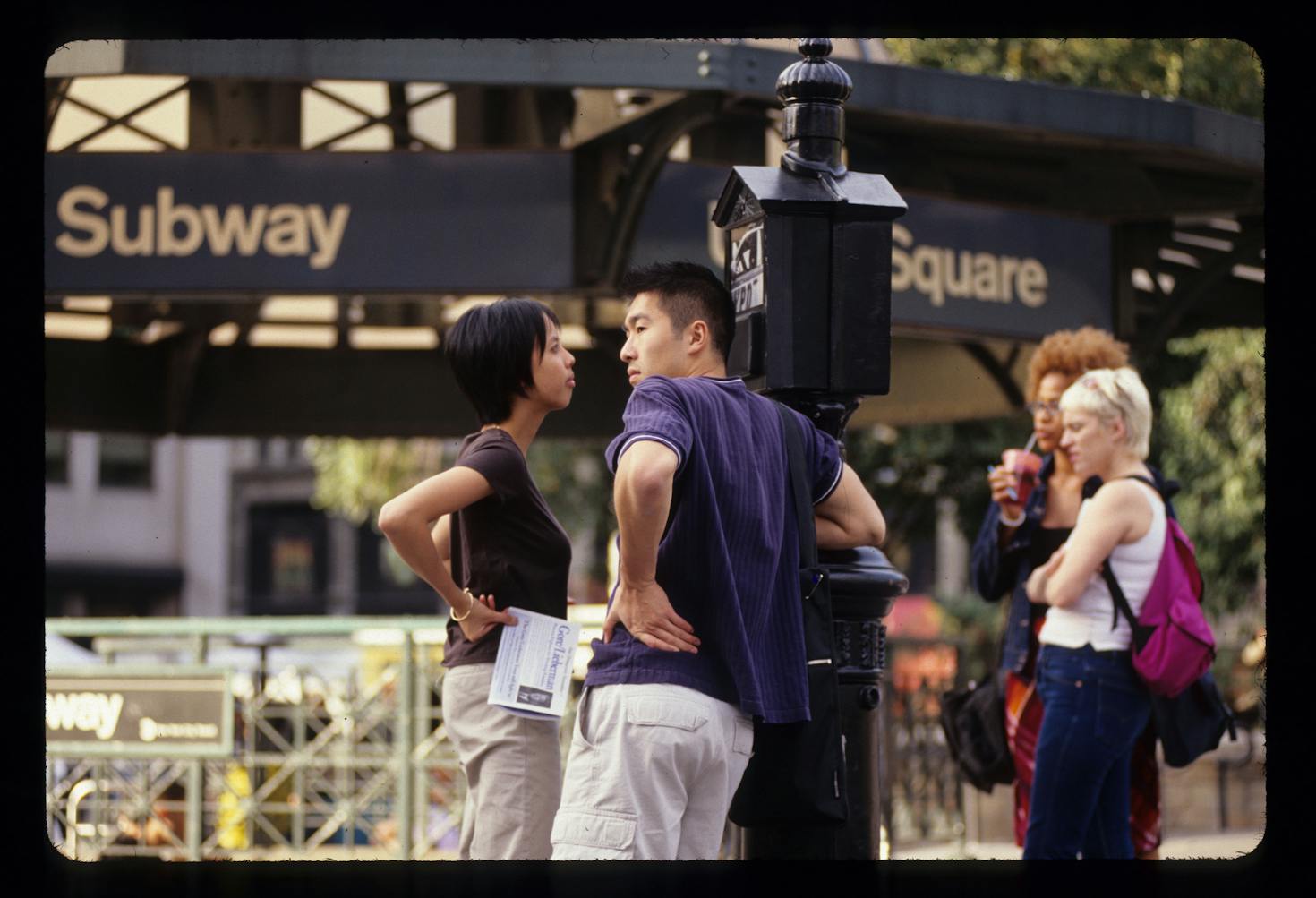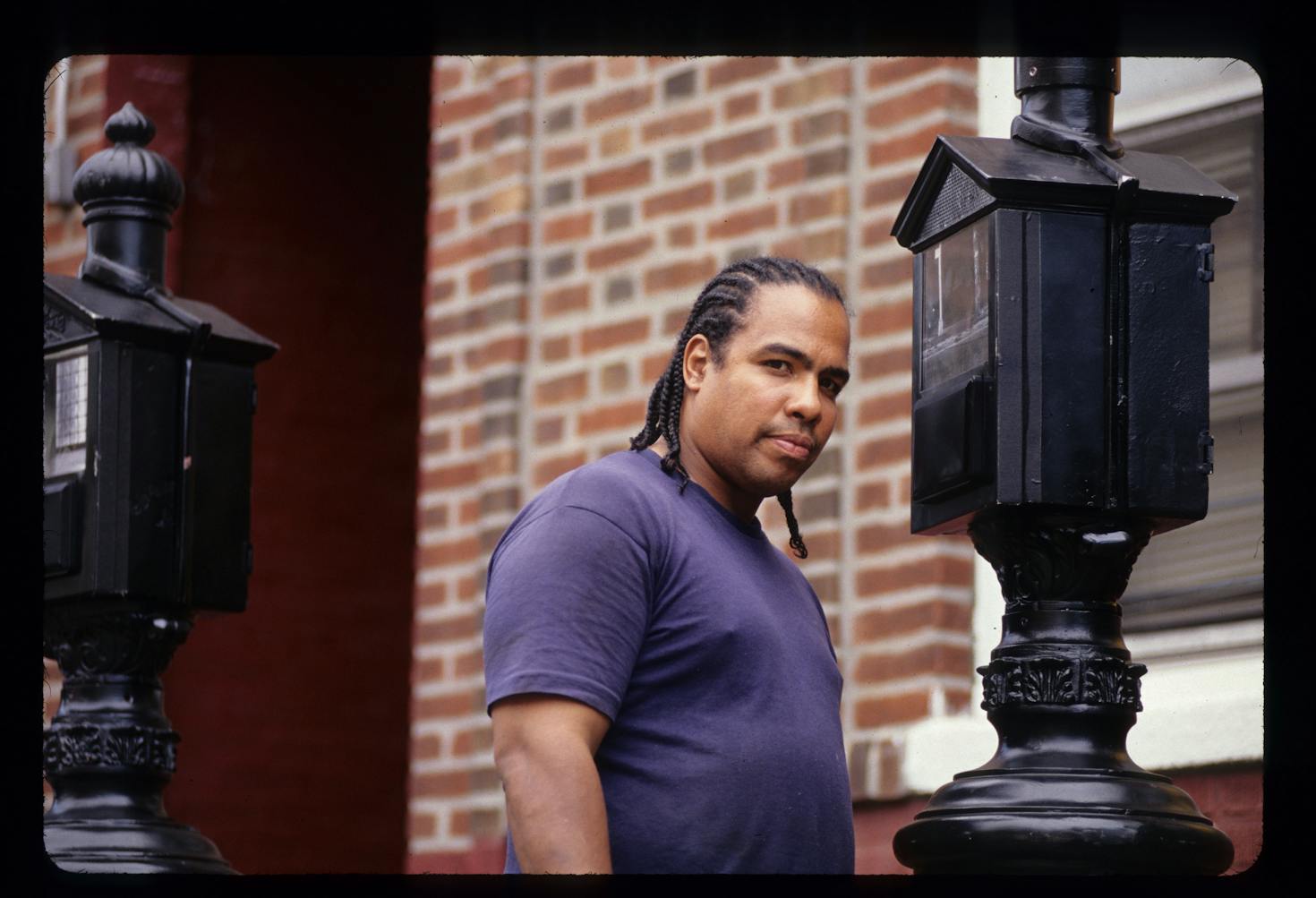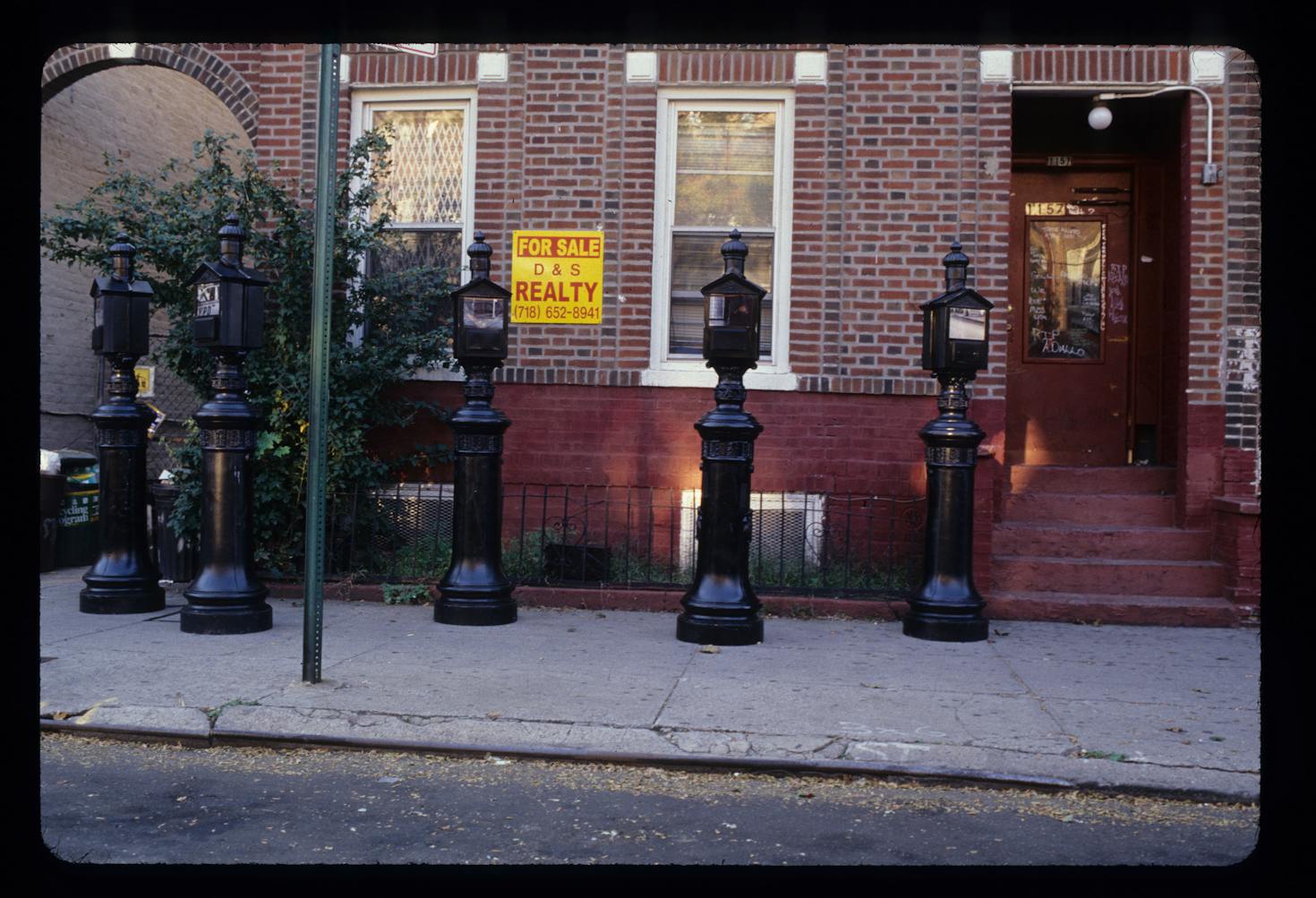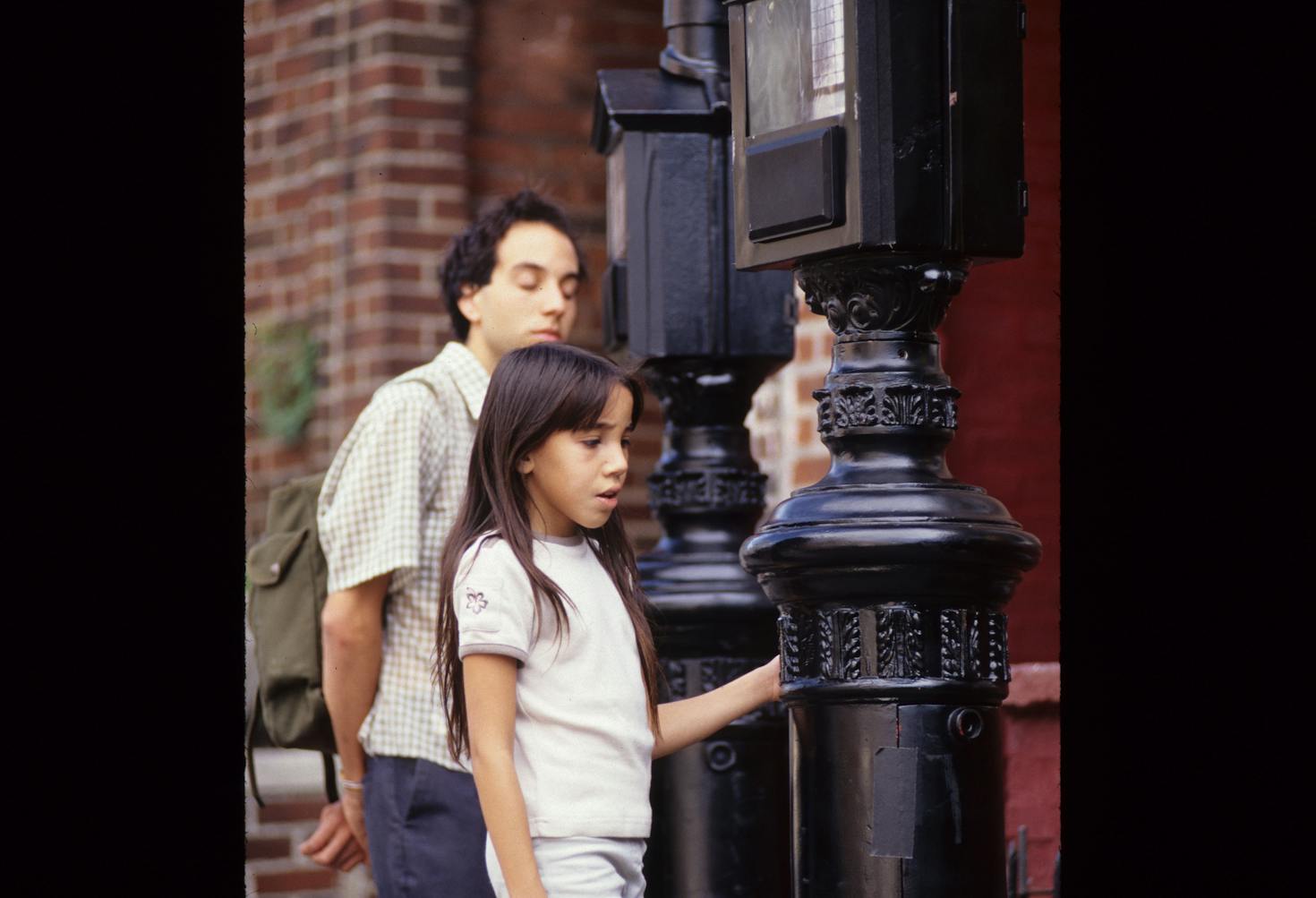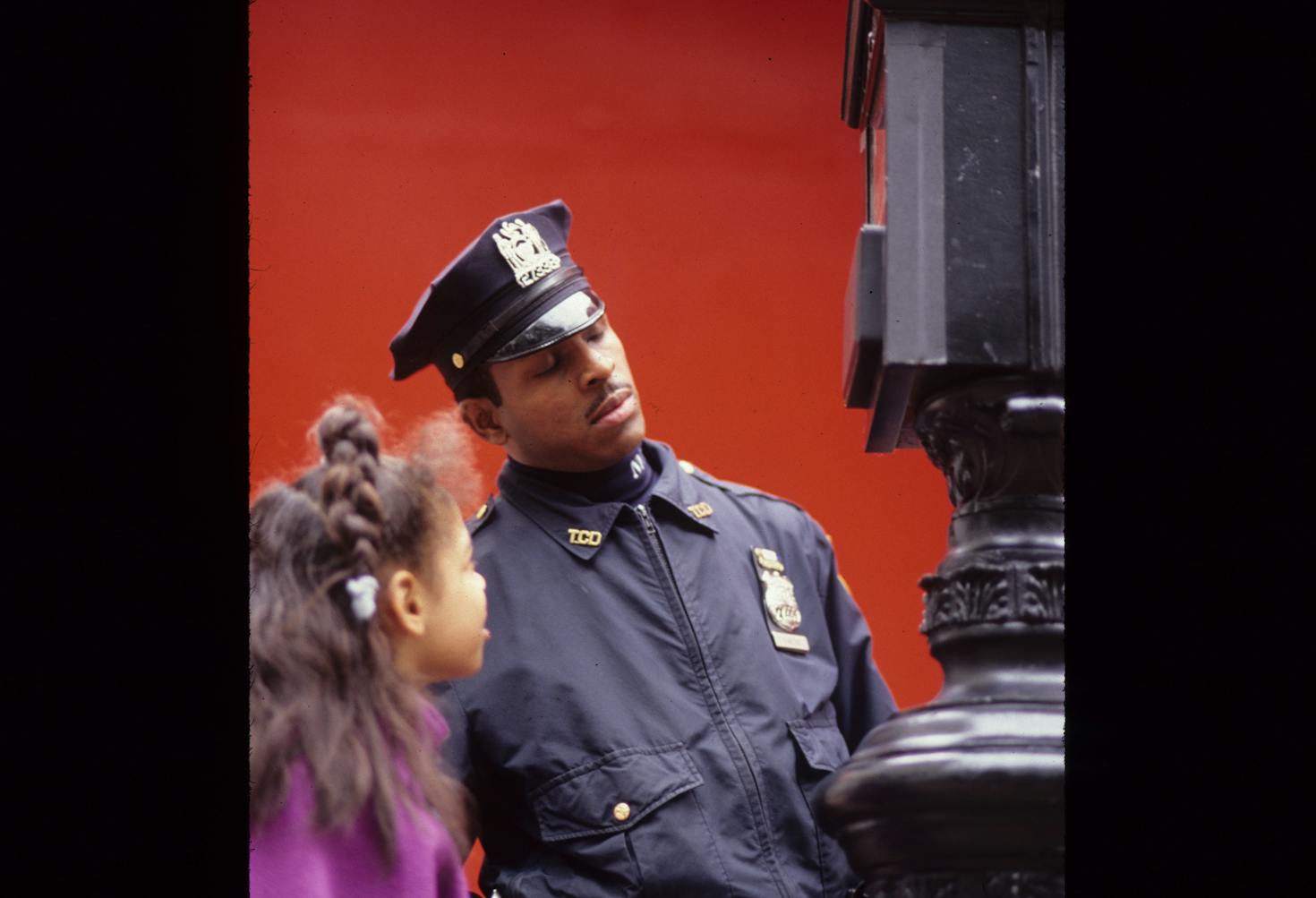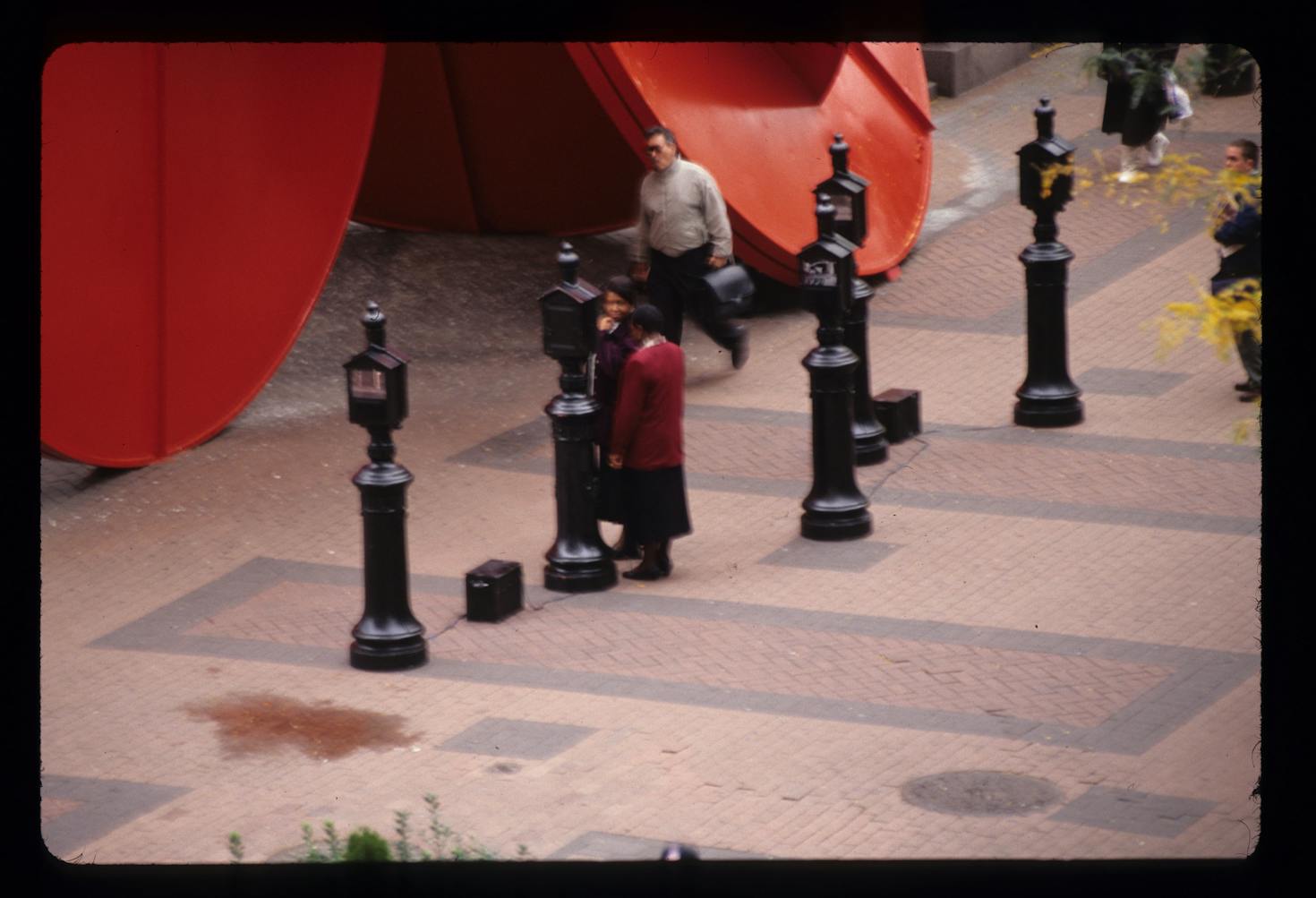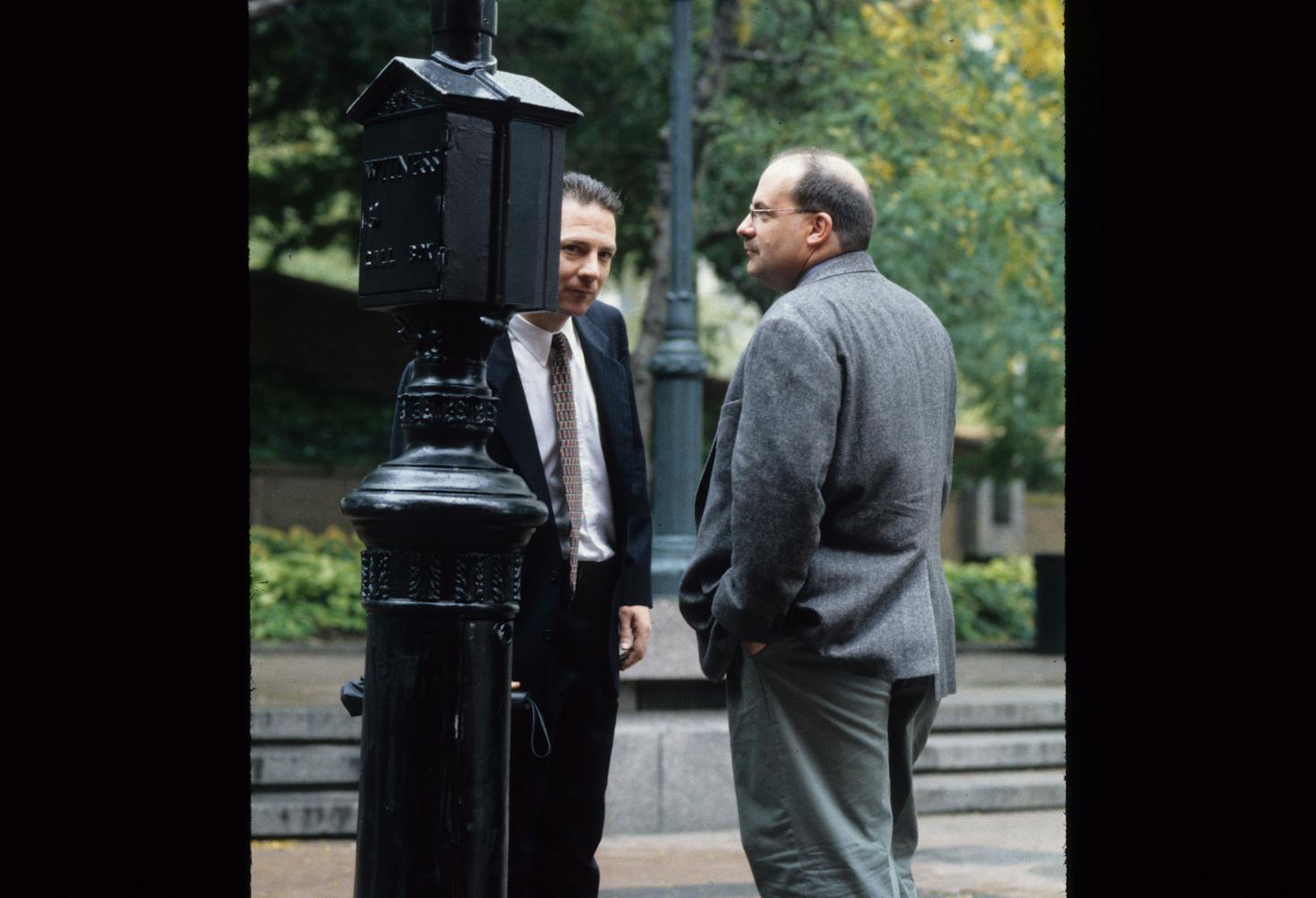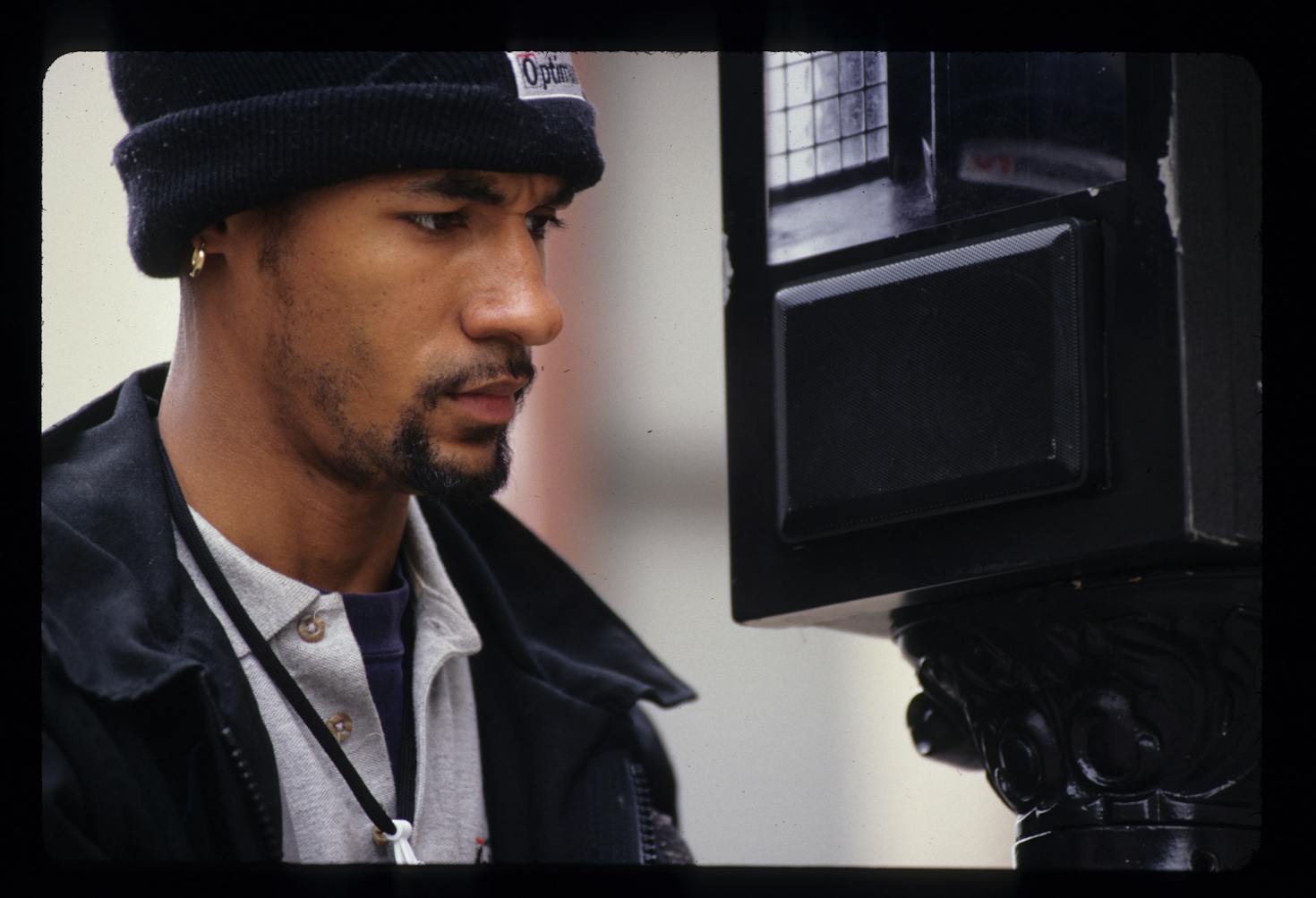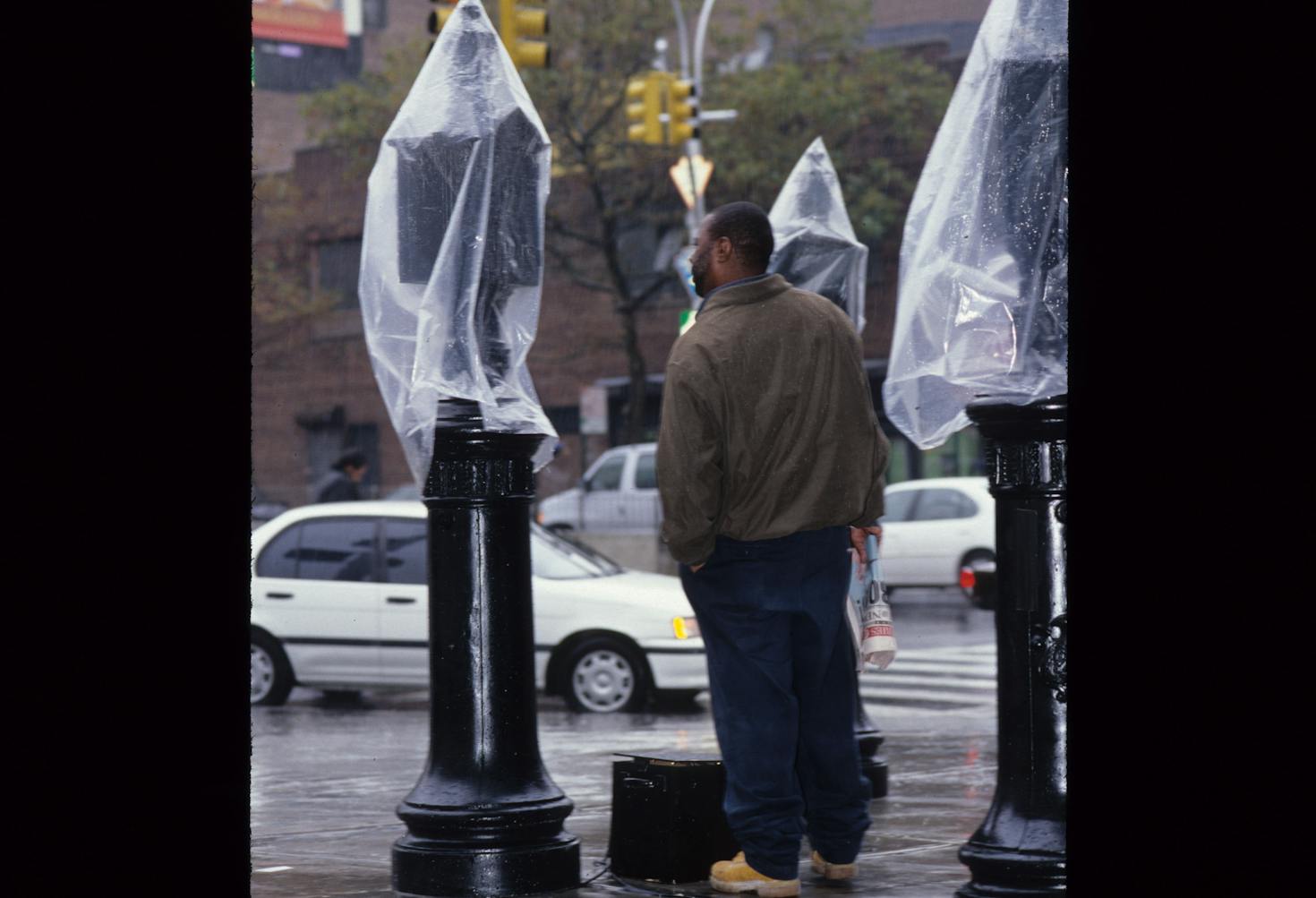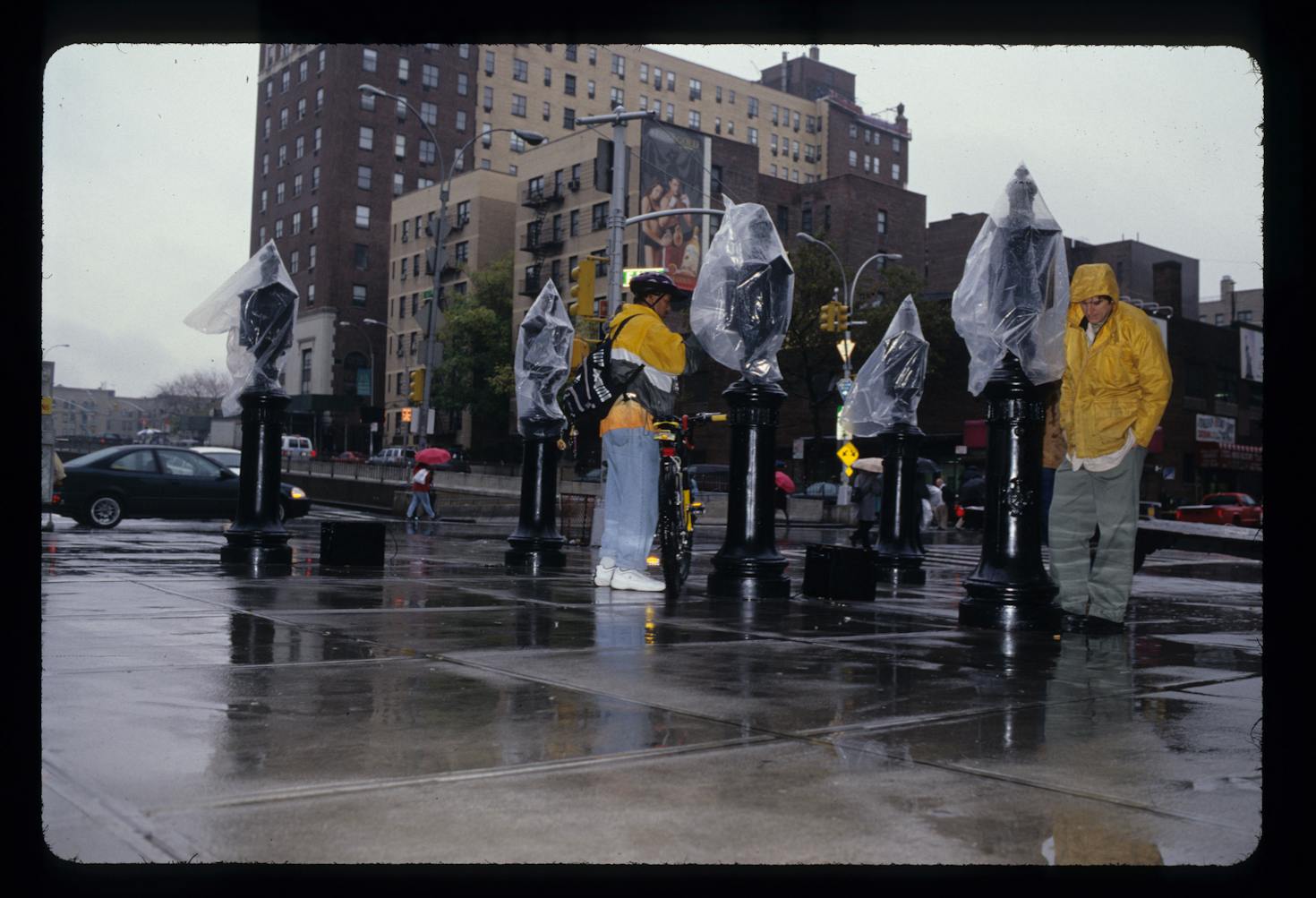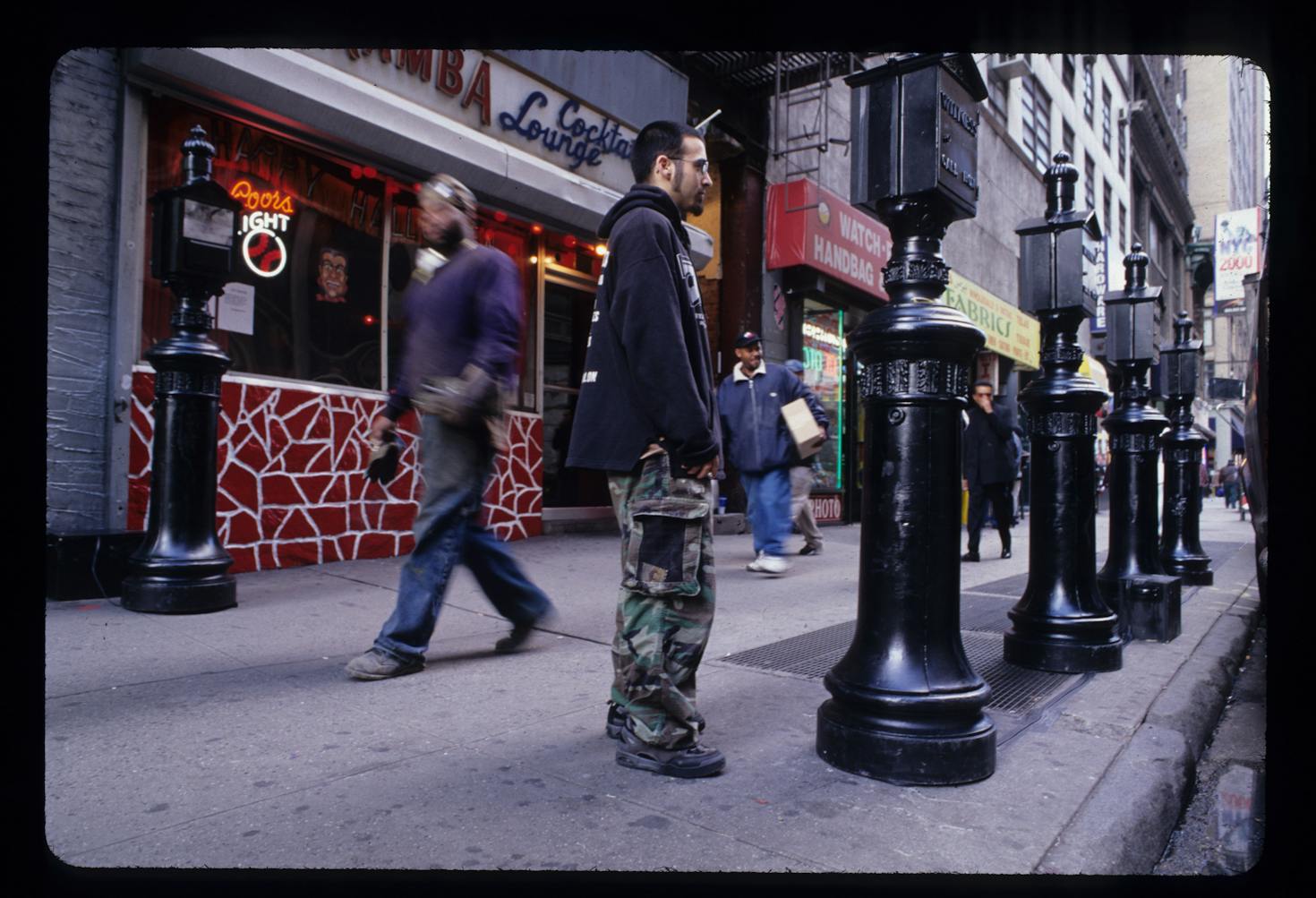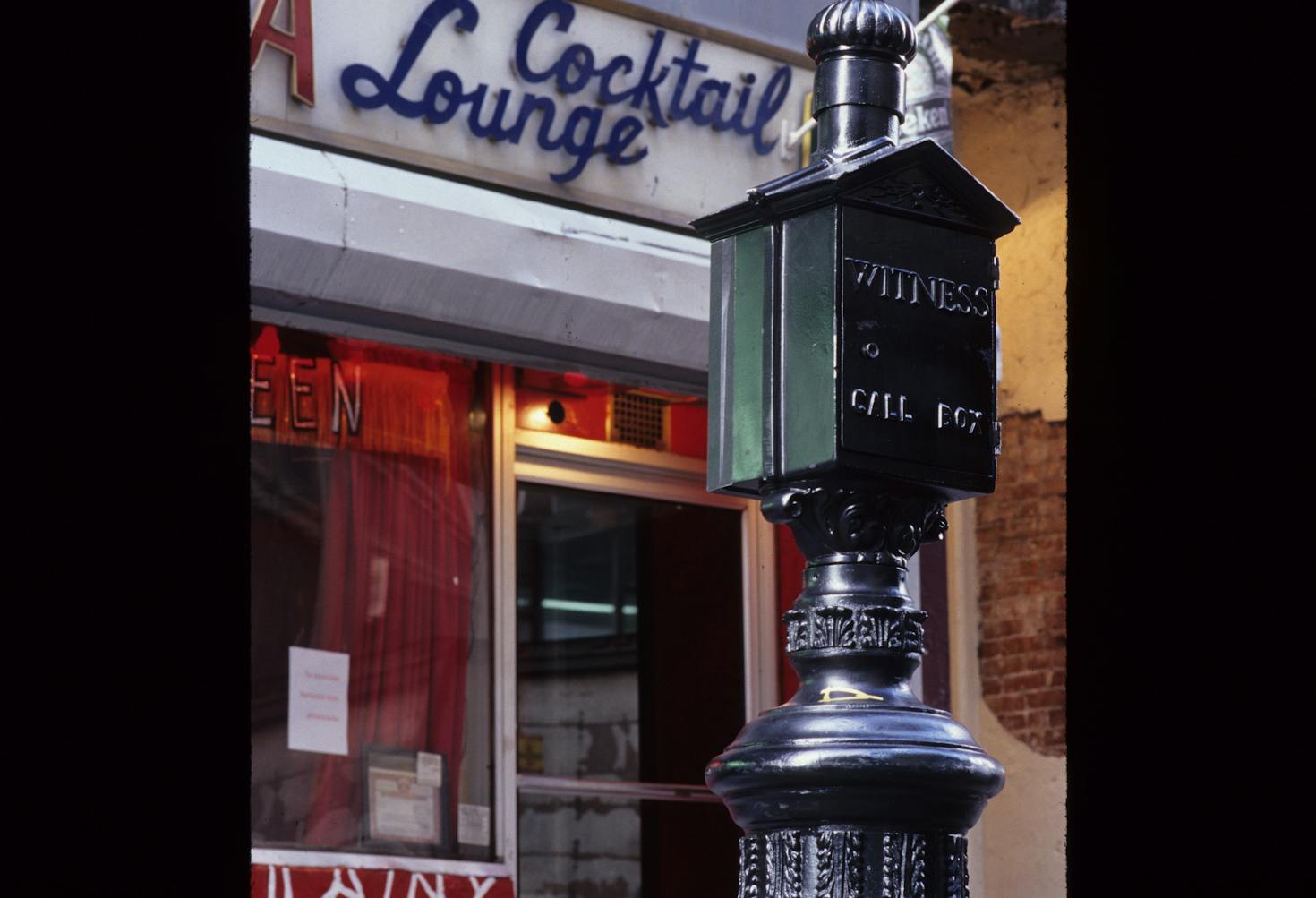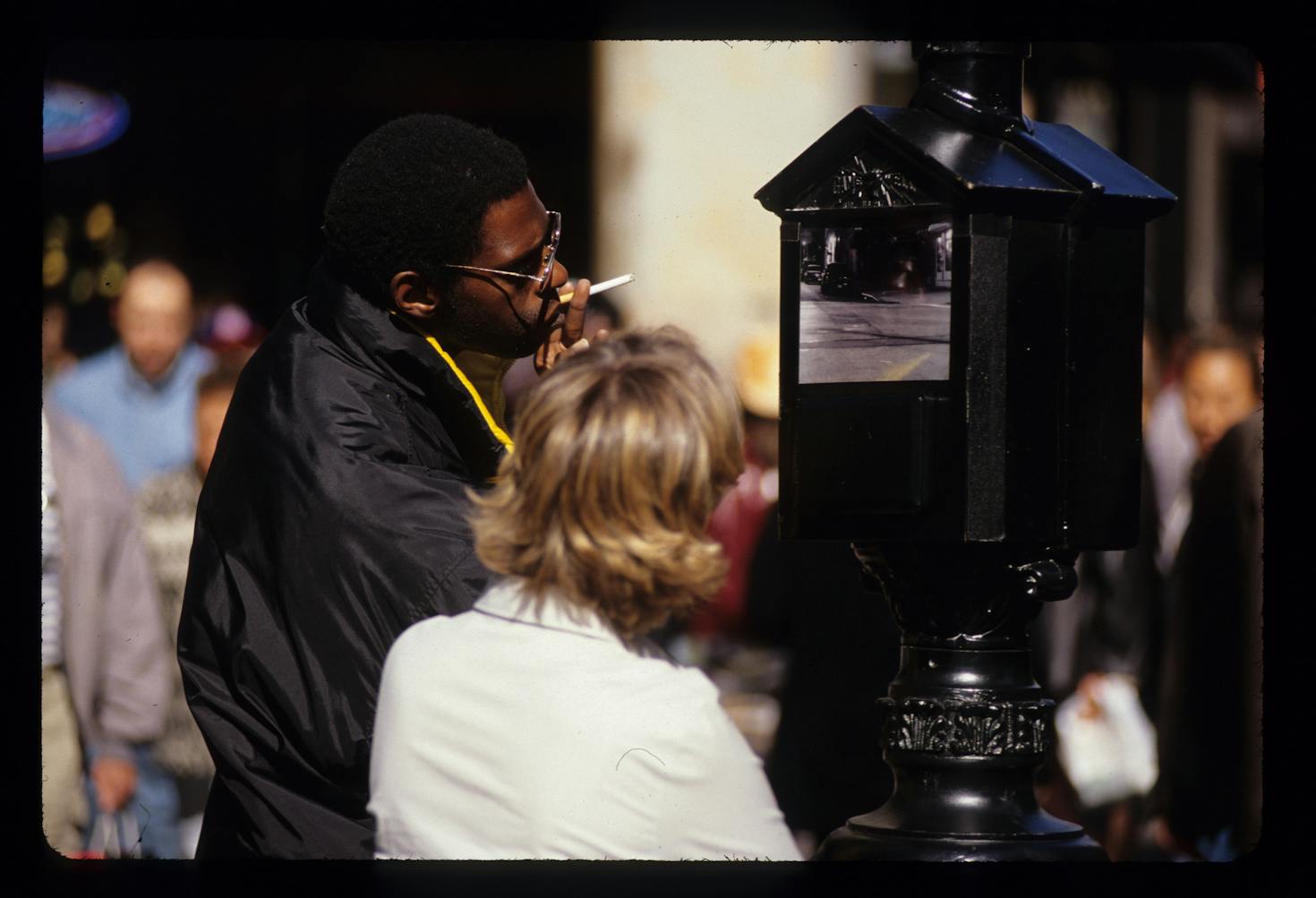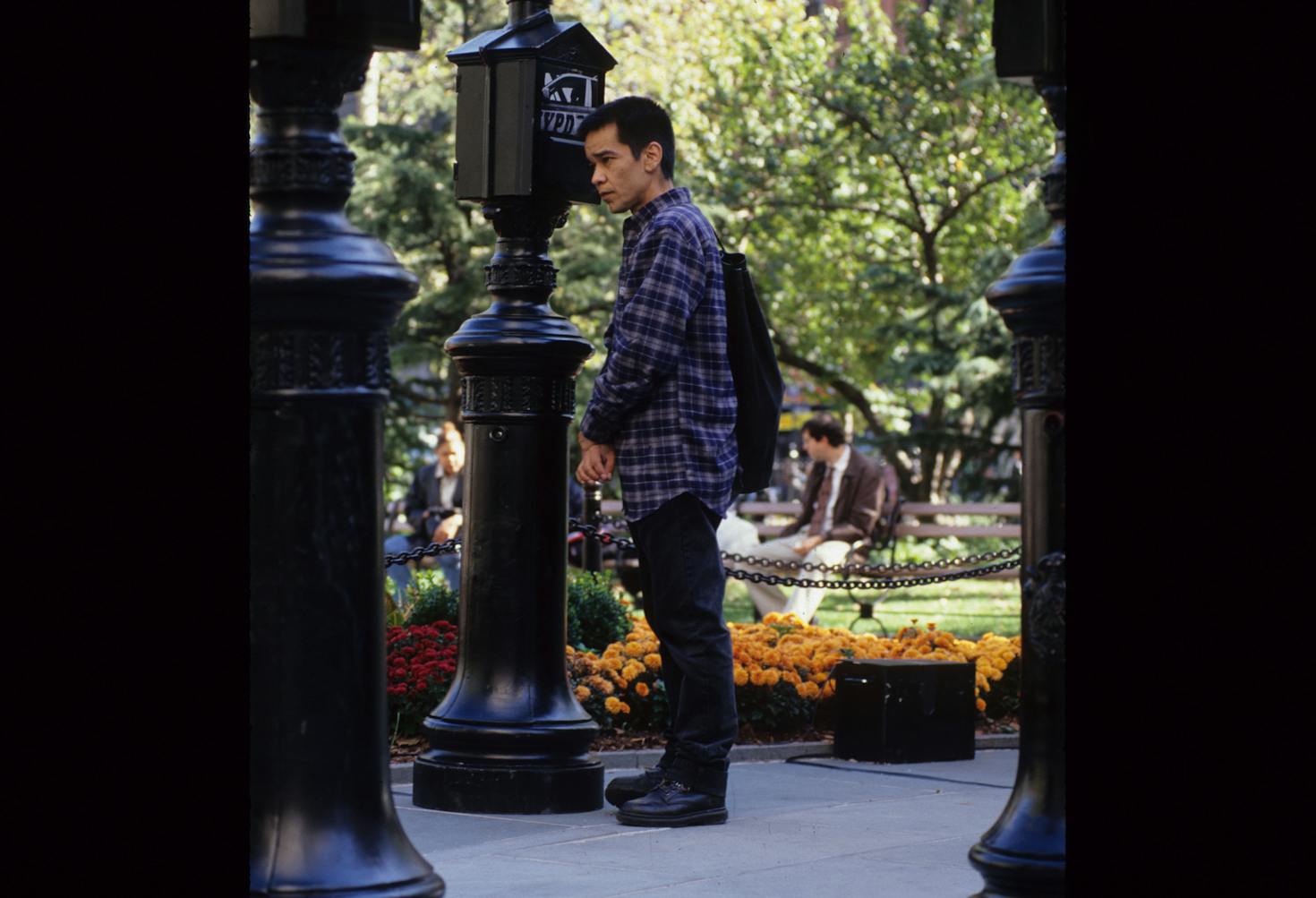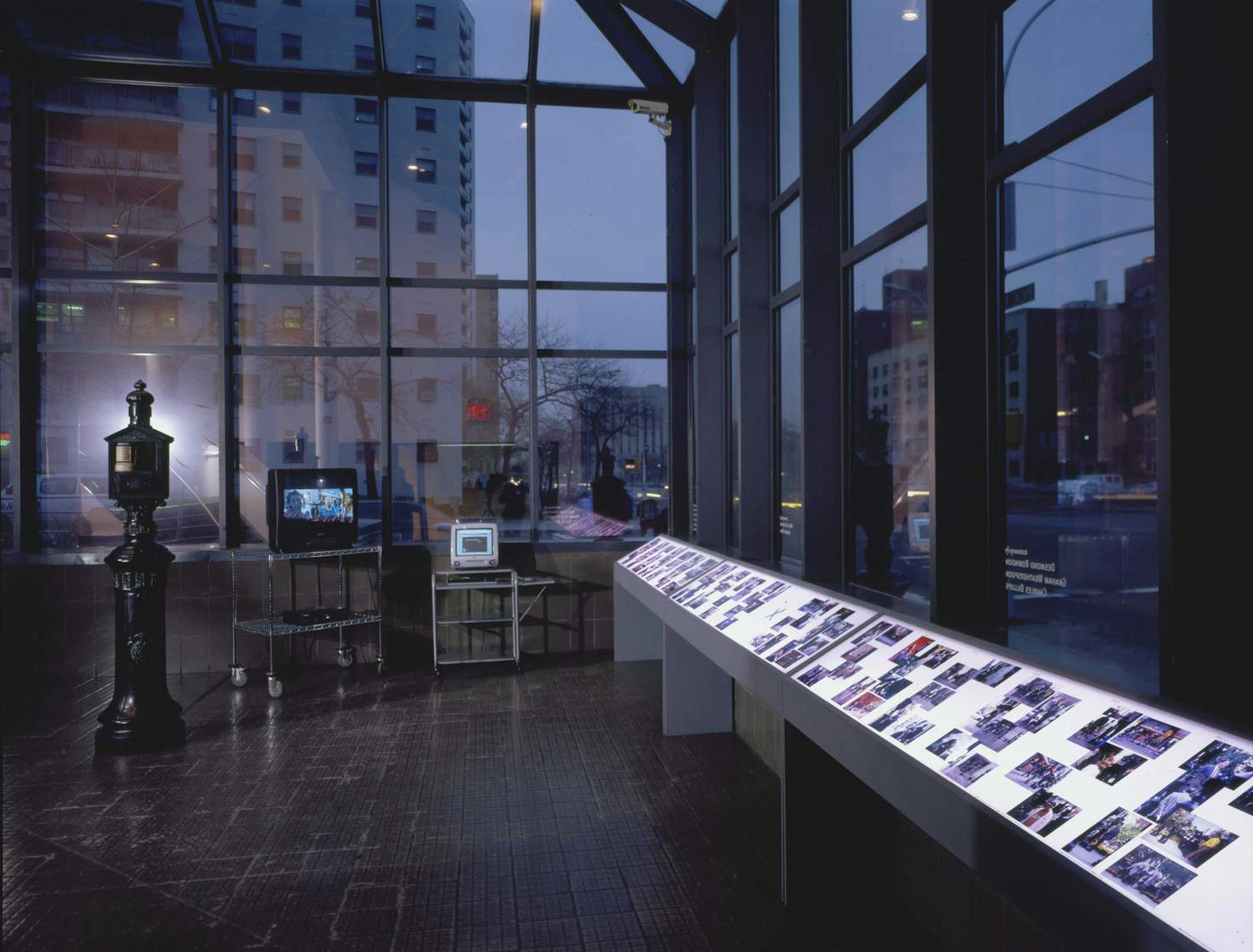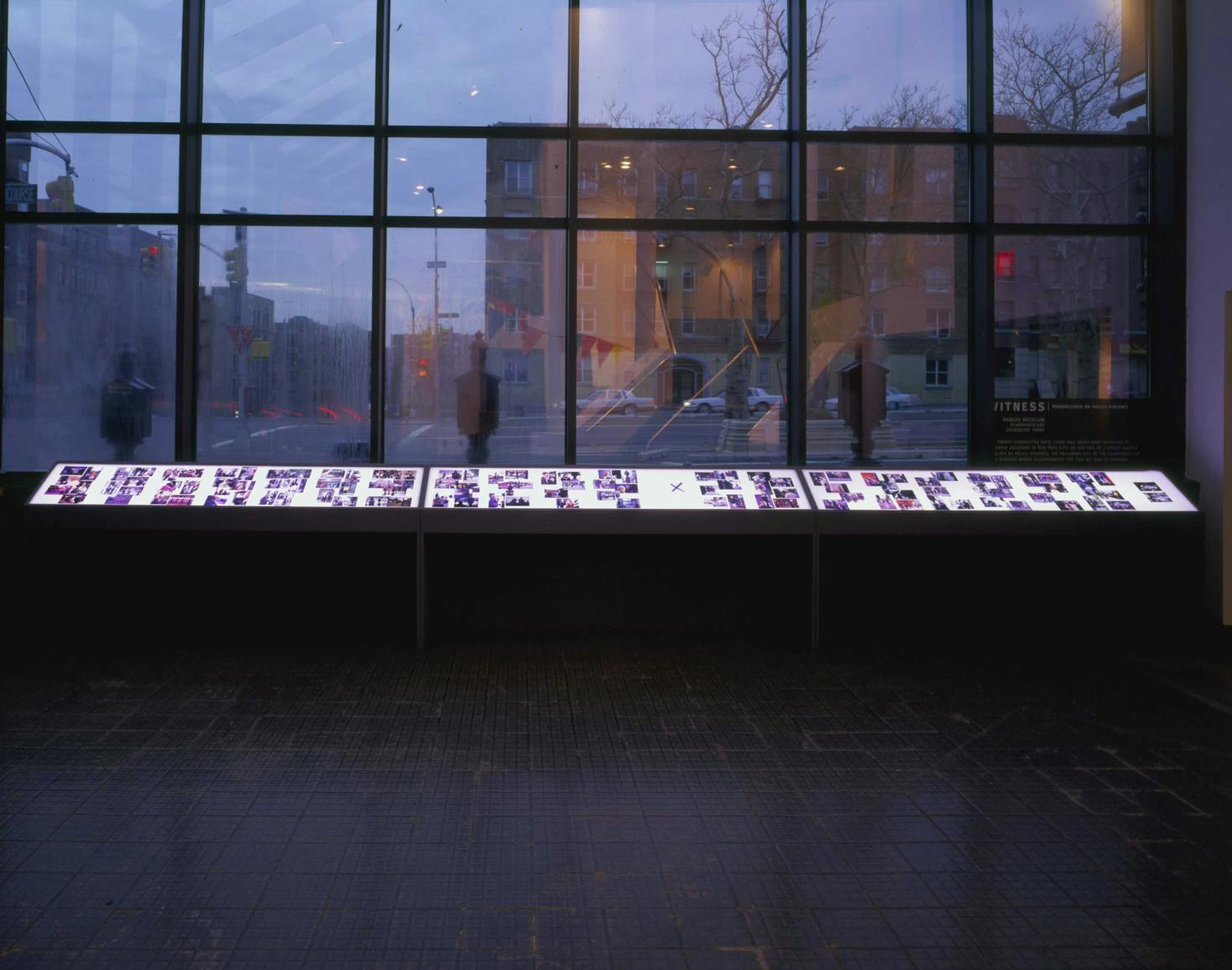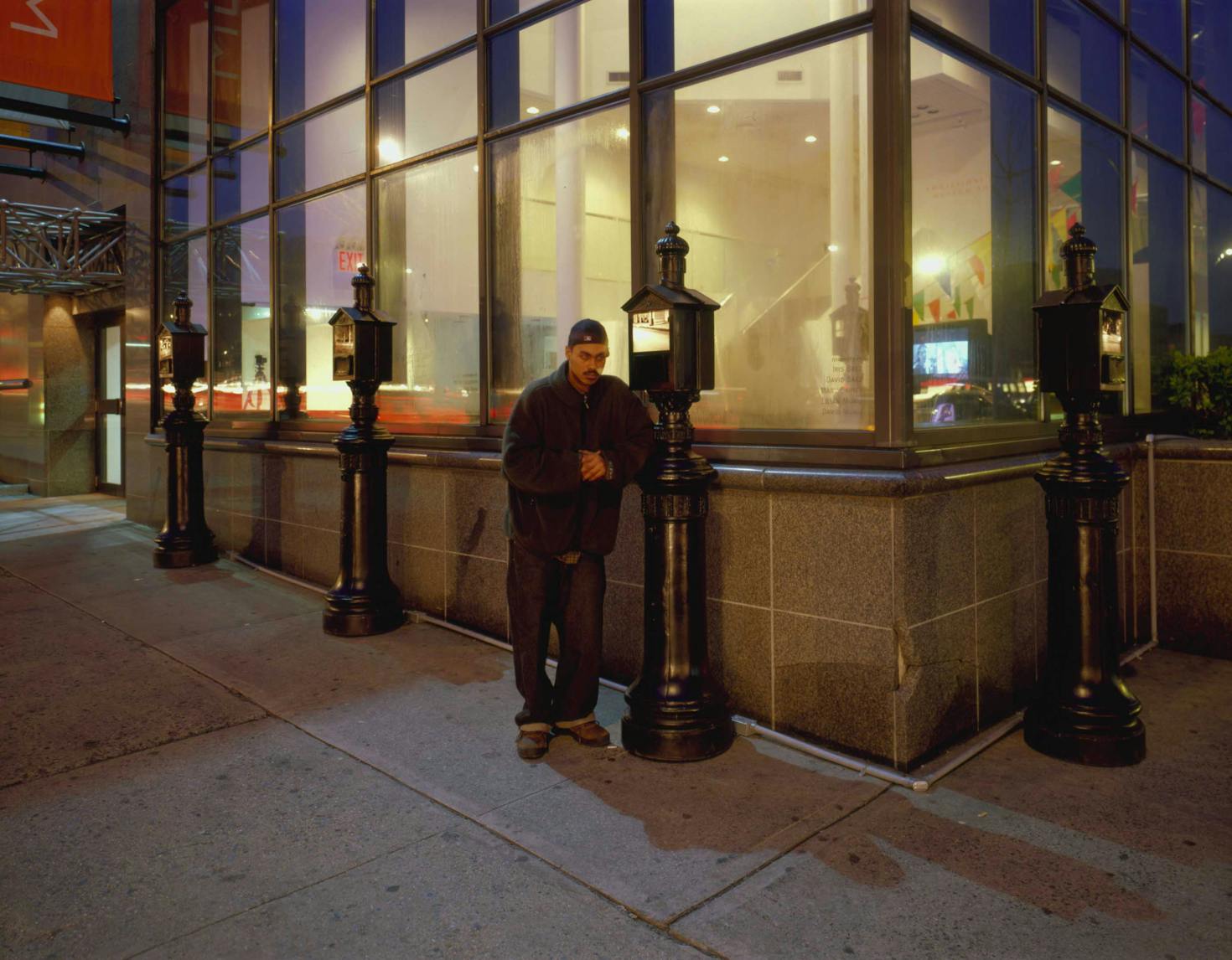Witness: Perspectives On Police Violence
1999-2000
McCallum & Tarry
Project website: Witness Archive Site
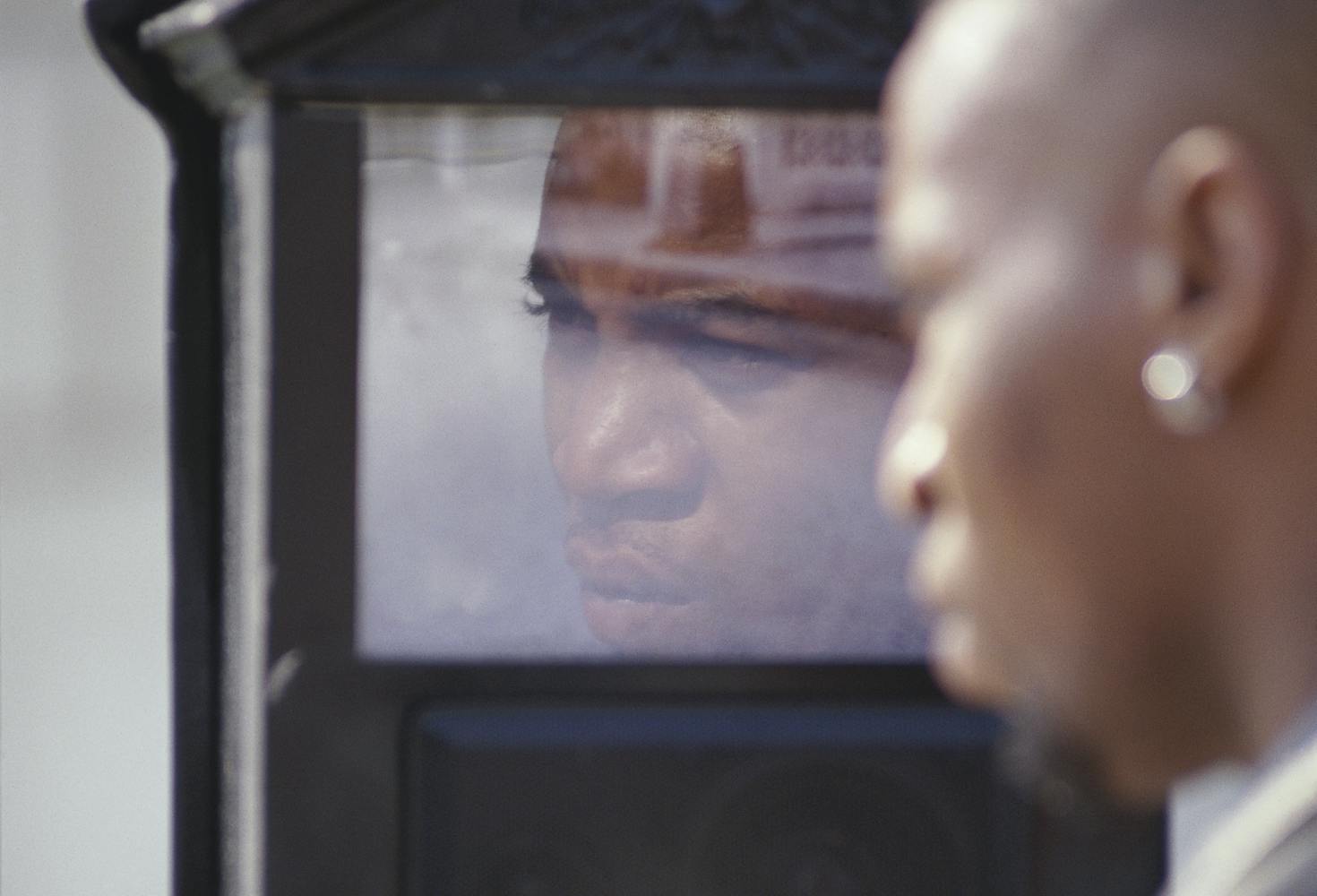
Social & Political Context
In relationship to haunting police brutality till this day, in 2020, we highlight this political work in honor of victims of police brutality
In 1997, thirty year-old Abner Louima was assaulted, brutalized, and forcibly sodomized with a broken broom handle by officers of the New York City Police Department after being arrested outside a Brooklyn nightclub. Eighteen months later, four New York City plain-clothed police officers killed twenty-three year old Amadou Diallo, an immigrant from Guinea, after they mistook him for a rape suspect from one year prior to the incident. The officers fired a combined total of 41 shots, 19 of which struck Diallo, outside his apartment in the Bronx. He was unarmed.
Witness is a response to these traumatic incidents that took place in New York City, a place the artists call home, and the installation is based on the perspectives of witnesses and survivors, family members, activists, police officers, court documents, autopsy reports, and criminal records.
First installed in the iconic Cathedral of St. John the Divine in Manhattan’s Morningside Heights neighborhood, Witness juxtaposes photographs, legal documents, and oral testimonies in audio, video, and projections. The installation transformed the Cathedral from a site of worship to a site of alternative address: one that allows different perspectives, addresses the needs of all affected, and created conditions in which the social trauma of these incidents could be processed though acts of witnessing, sharing, and accountability.
Witness Cathedral Installation 1999
Throughout the central nave of the Cathedral Church of St. John the Divine, NY, the oral histories of witnesses, survivors of police violence, victims and their family members were accompanied by video projections, photographic images and text to create intimate listening spaces and to examine the depths of an act of public violence.
youth testimony: one of six video sequences
The Callbox Tour
(Anthony Baez' father)
Sunday, Oct 1., site of police violence, Day 1 of the callbox tour
On the sidewalk in front of the Baez' residency, where Anthony Baez was choked to death
Location: The Bronx, NY
Witness- Perspectives on police violence, was a response to traumatic incidents taking place in New York City in the late 1990s. The installations are based on the perspectives of witnesses and survivors of police brutality, as well as family members, activists, police officers, court documents, autopsy reports, and criminal records.
When McCallum first moved to New York City in 1998, most street corners were embossed by red emergency "call boxes" in deed of observations of crime. If one saw buildings on fire, one would pull a lever in a call box and alert the appropriate emergency service.
For Witness, McCallum recreated these classic call boxes in cast iron. The idea was to use something already associated with calling the police, but reversing this function with the stories and testimonies of individuals who had themselves, experienced violence at the hands of authorities meant to protect.
McCallum & Tarry placed these callboxes at different sites of police violence and prosecution throughout New York City. They were installed for instance, at the home of a victim of murder where the following day, the policeman was actually pled guilty.
Each call box contained illuminated transparent imageries of street locations or places, such as landmarks of police vehicles, where violent incidents occurred. They also emitted audio testimony from victims, witnesses, and police officers, the interviews were done by the artists. Passersby were drawn to the call boxes by the image and the sound emanating from them, yet having had to listen carefully to the audios to understand the context. This invited rare kinds of closeness and intimacy with personal public reflections on violence and issues of civic responsibility in New York City.
Witness Call Box Tour
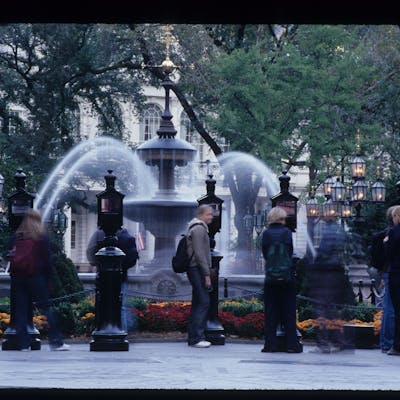
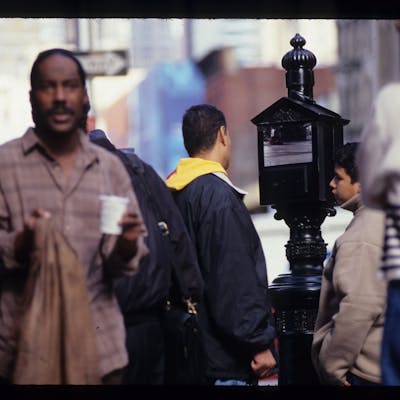
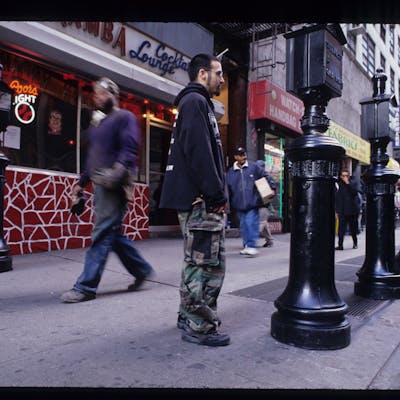
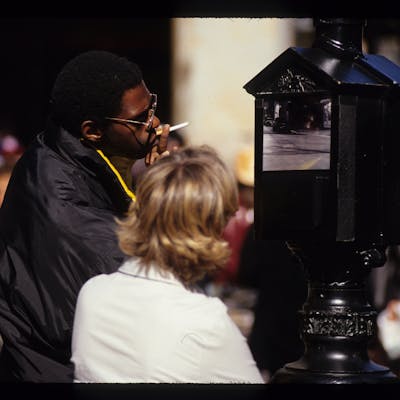

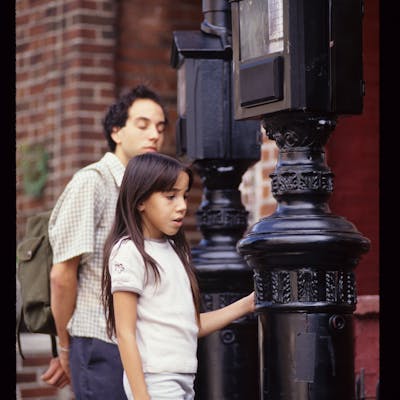
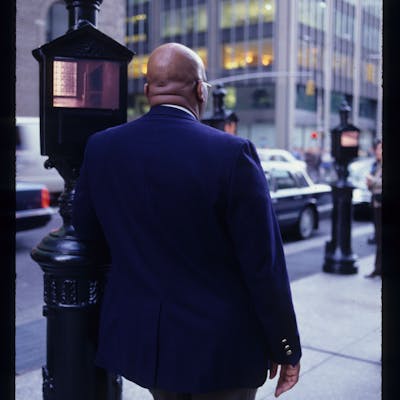

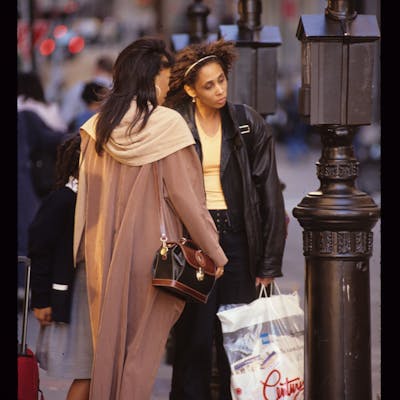
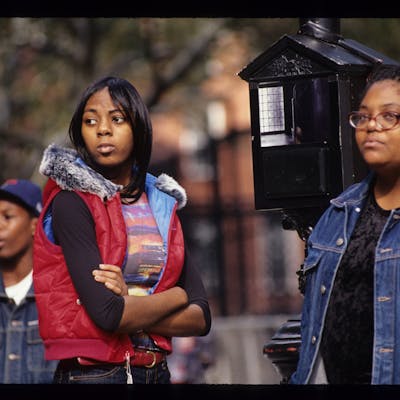
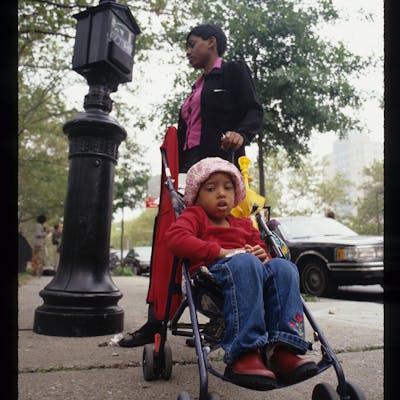
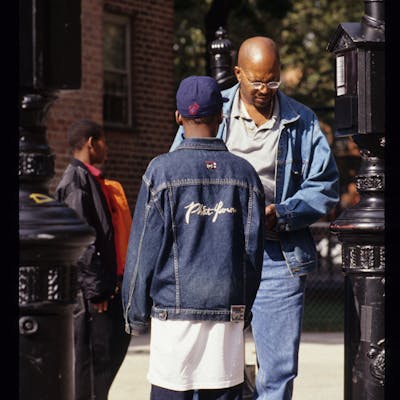
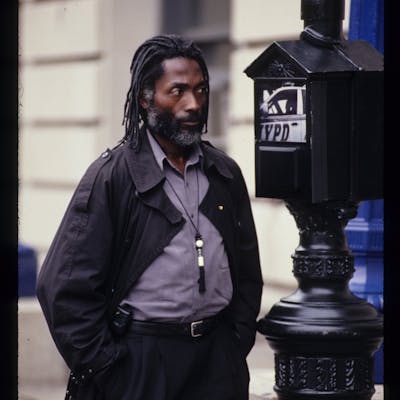
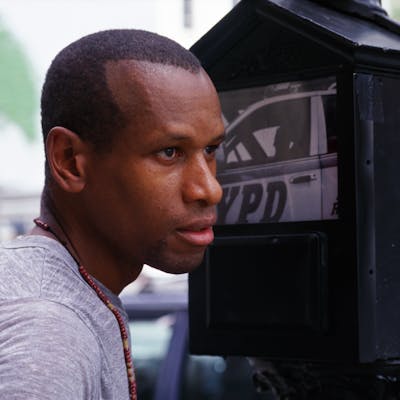
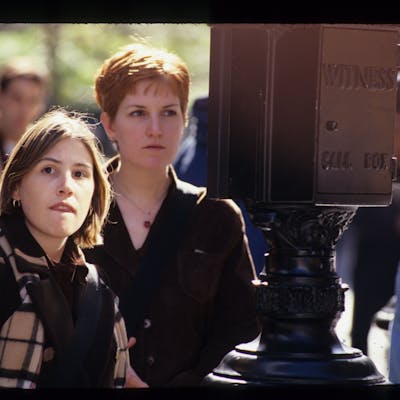
Exhibitions
Witness: Perspectives on Police Violence
The Bronx Museum of the Arts, Bronx, NY
2000
Witness: Perspectives on Police Violence
Institute on Arts and Civic Dialogue, Boston, MA
1999
Press
2006
- , “Vogue Italia,” Vogue Italia, January 1, 2006
2004
- , “Endurance And Pain,” New York Times, August 1, 2004
2003
- , “Endurance And Pain,” Washington Post, June 1, 2003
- , “Arts,” Washington Post: Arts, January 1, 2003
- , “Art In America,” Art In America, January 1, 2003
- , “Style,” Washington Post: Style, January 1, 2003
2002
- , “Time Out,” Time Out New York, January 1, 2002
2001
- , “Kulturpolitik,” Art Das Kunst Magazin, June 1, 2001
1999
- , “Art In America,” Art In America, January 1, 1999
© Bradley McCallum 2025
